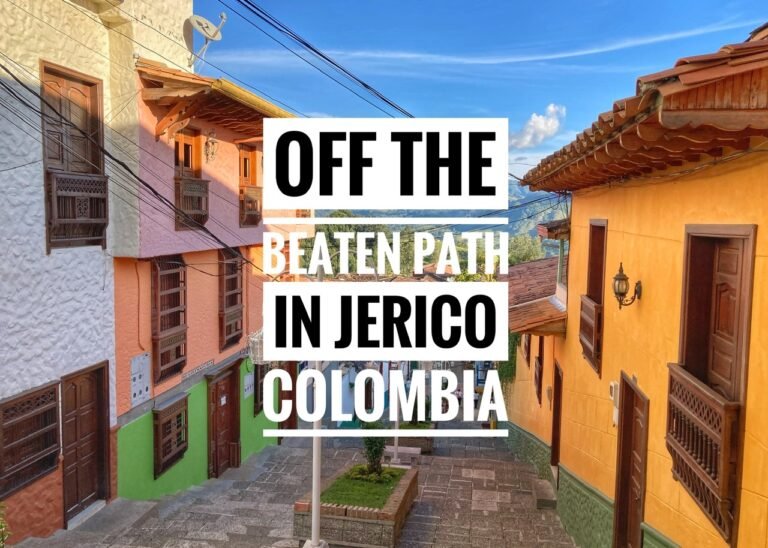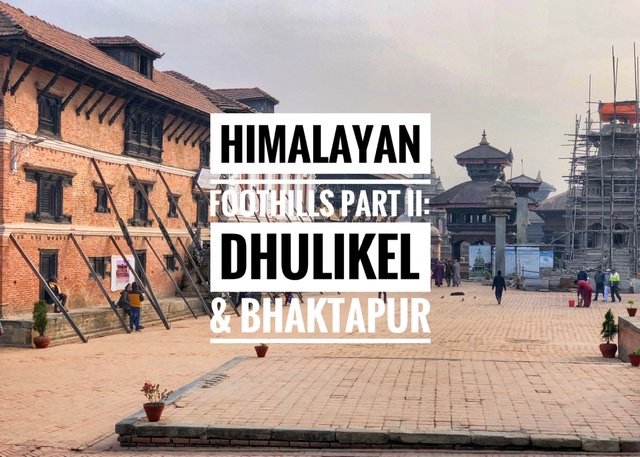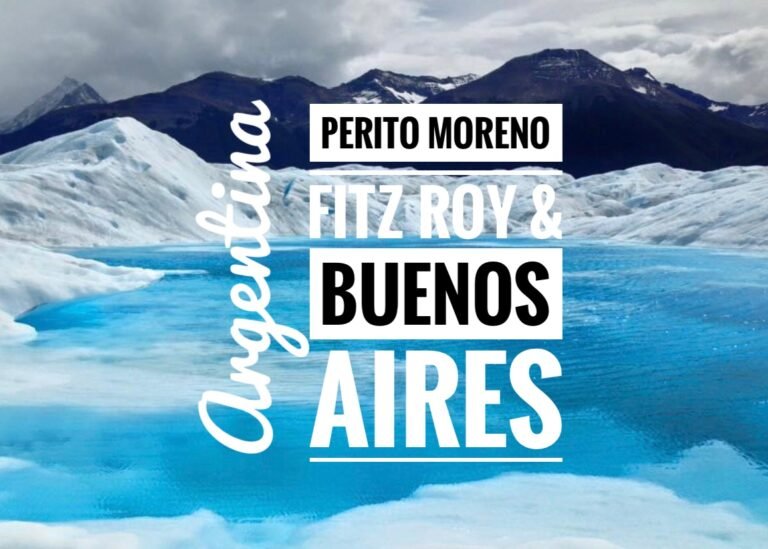
At an elevation of 8500 feet (2560 meters), the historic colonial and cultural center of Cuenca is the cobblestone on the cake to what is already a gorgeous and livable city. Like nearby areas in Colombia, Cuenca is tucked into a cool Andean valley and known for its eternal spring temperatures. For this, and so many other reasons, it inched into a spot as our favorite city in South America (so far). This may come as a surprise for those who know of our love for Colombia. However, it is the villages of Colombia that hold our heart, not the cities.
Cuenca, at least from first impressions, has it all…quiet (comparatively) and clean streets, welcoming people, lush green parks, meaningful culture, safety, availability and value in goods and services, fantastic healthcare, access to a national park and so much more.
The name “Cuenca” means “basin,” which seems appropriate for the four flowing Andean rivers which flow through it. The city is know for its textile making and flowers, as well as straw hats known around the world as “Panama hats” but are in fact made in Cuenca by local artisans. It’s also notably one of the most fetching cities in Ecuador and home to many expats, with very good reason.
Getting to Cuenca

Getting from Puerto López to Cuenca, however, was a little less than perfect. In fact, driving through the Andes from Guayaquil during the tail end of rainy season was a whole new adventure and one of the scariest bus rides we’ve ever encountered.
Fortunately the driver handled the road with caution and care, but more than once we saw recent landslides where people, including our bus assistant, literally had to get out to help clean off the road. At one point we also saw rock barreling down the hill directly at our bus. But alas, they were small pieces and the bus darted out the way just in time. 😬


Even scarier were the hairpin turns, undoubtedly not wide enough for our giant bus. At one time, going downhill, the bus started definitely started sliding narrowly turning in time to hit the guard rail perched over a mountain cliff. Eek. Talk about a white-knuckler!! Normally, I’m sure this is a gorgeous mountain valley!! That day, not so much! 🤣

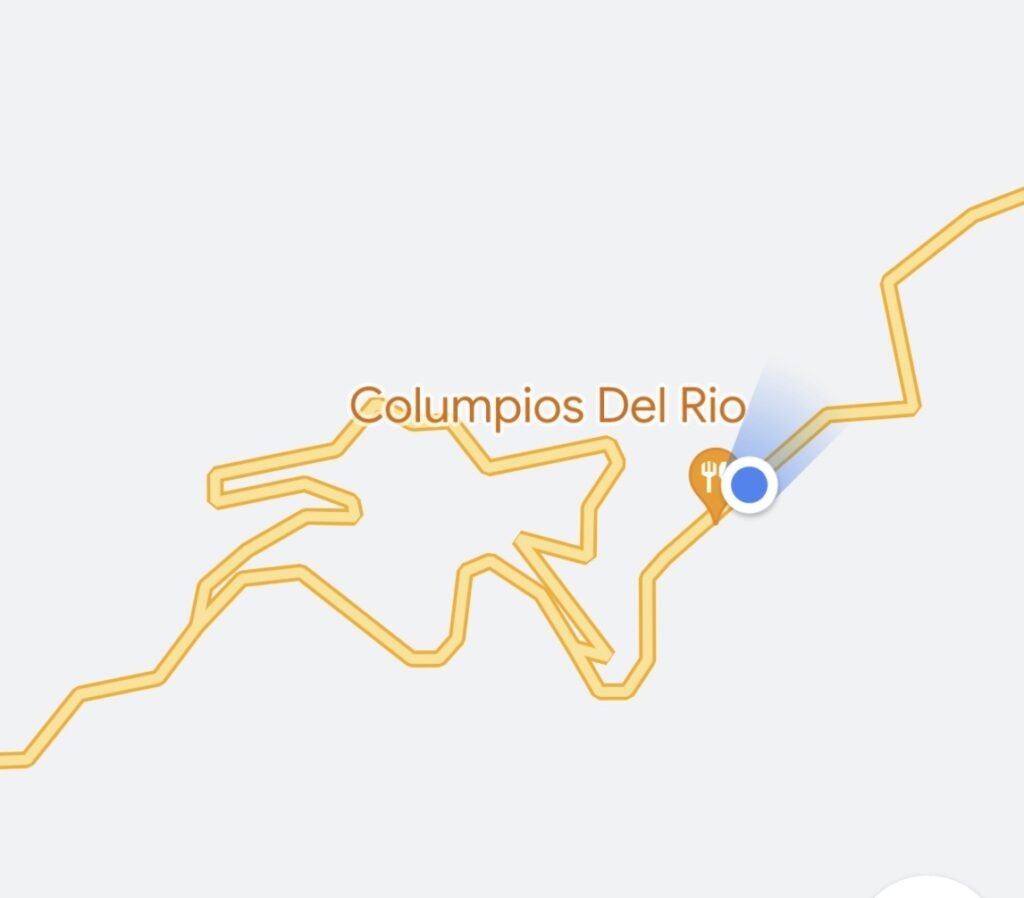
We were so relieved when the worst was behind us!
Our Accommodation
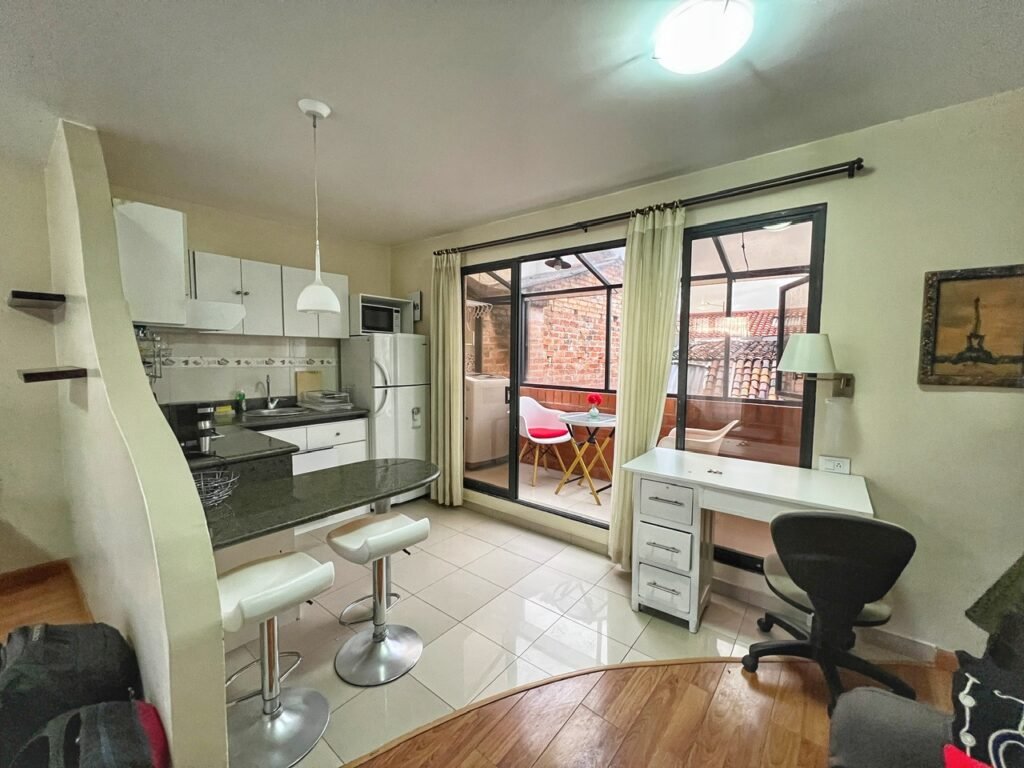
Happy to be in Cuenca for two weeks, we settled into a one-bedroom studio with buckets of natural light, fast internet, a great balcony and a sizeable equipped kitchen. We found our apartment on Airbnb for $23/night or $326 for two weeks. It was incredibly walkable to everything and located near the river with lots of running/walking paths as well as the botanical gardens.
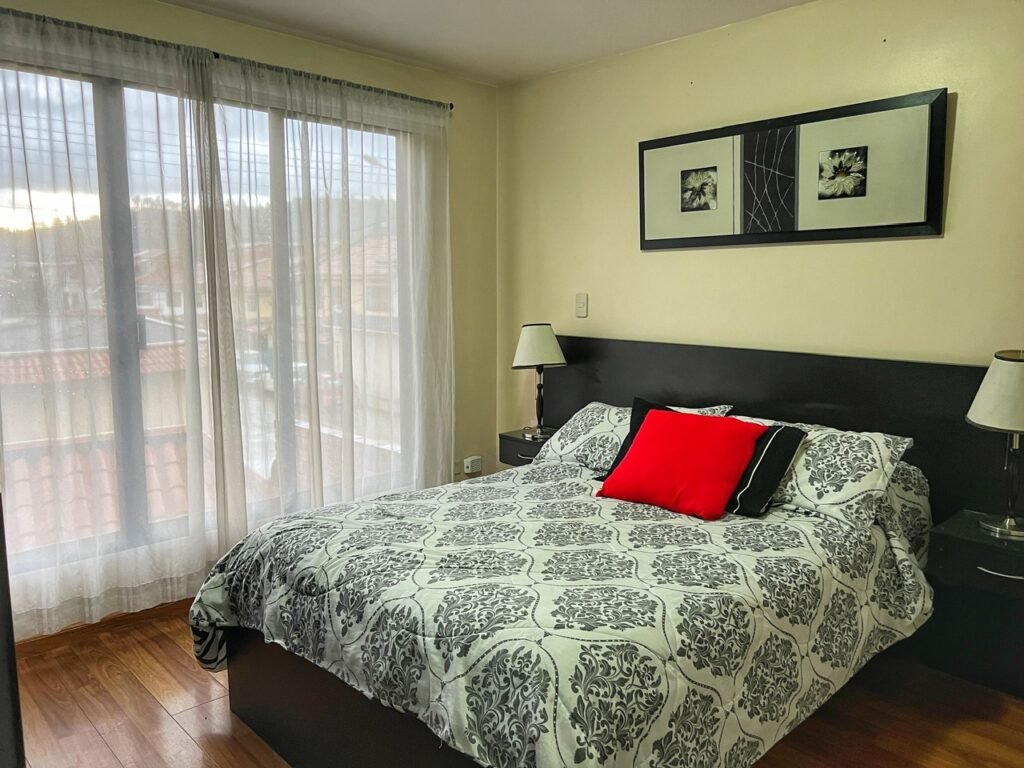

Our balcony was a terrific place to eat and work. It even warmed up nicely like a little greenhouse. Mandy loved the little pops of red too.

The lush garden area right outside our door. The owner is quite the artist and we couldn’t stop admiring the tiled mosaic stairs.
Food Shopping in Cuenca
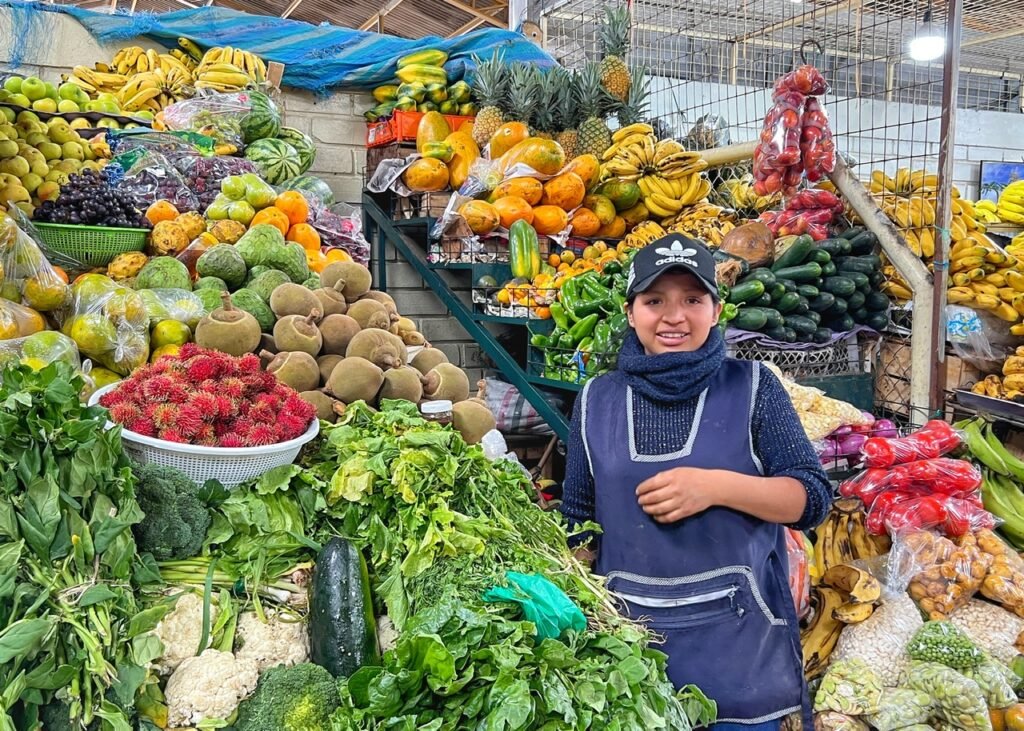
Wow….after one or two trips to the supermarkets and fruit markets, it was very easy to see why more than 5,000 expats, the majority Americans, have chosen to make Cuenca their home. The quality and selection is top-notch, the prices rock bottom and locals warm, welcoming and surprisingly, many even English-speaking. Of course, this is only the beginning of what makes this city of half a million livable, lovable and a place we plan to return to again and again….
Our favorite fruit and veggie market of choice was Mercado 27 de febrero. This was mostly because it was only a nine-minute walk from our place, but also because of the abundant selection and happy people. But that probably exists anywhere you go here.


Healthy living Heaven!!! And the best part? Because Ecuador, like Colombia, has tropical and mountainous zones, it was no problem to find papayas and strawberries both for $1.

Or, if you’d prefer to not waste your time peeling potatoes….you can get a bag of ready-to-go ones for $1.

This complete haul was $8.50. The avocados are 3/$1. The Swiss Chard was $.50.

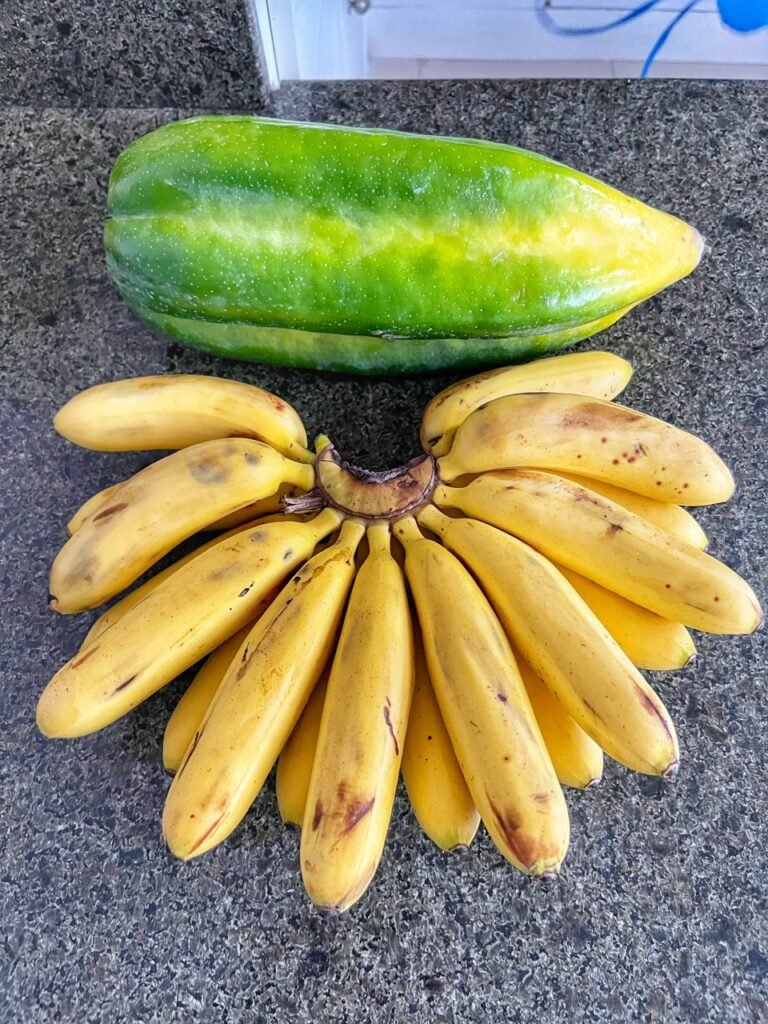
A kilo (2 lbs.) of cherry tomatoes for $1.50. A babaco fruit, at top, looks a bit like a papaya, and has the consistency of melon, but has a lot of citrus, mostly lime, flavor. This, along with the cluster of 14 sweet bananas, was $2.50.
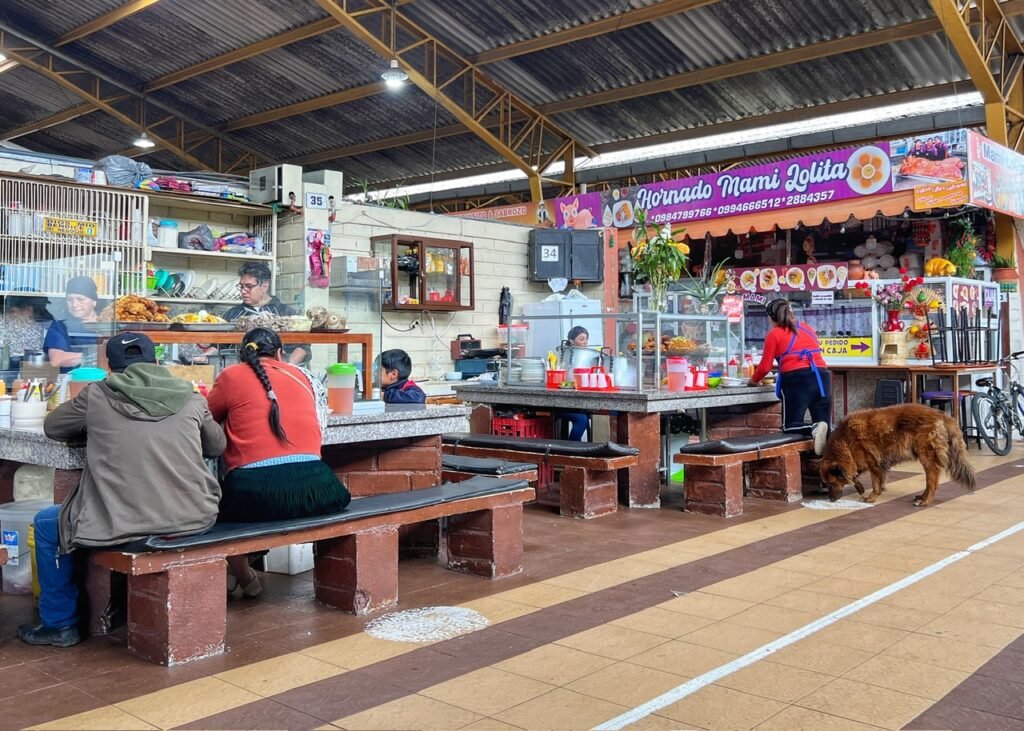

Stopping in the Mercado for some local eats. We finally tried Encebollado, which is the National dish of Ecuador. It’s an oniony fish soup which is made with fresh tuna, yuca or cassava root, tomatoes, onions, cilantro, and spices topped with maíz tostado or toasted corn. A bowl at the market was $2.50. It was good and hearty, but far from amazing.
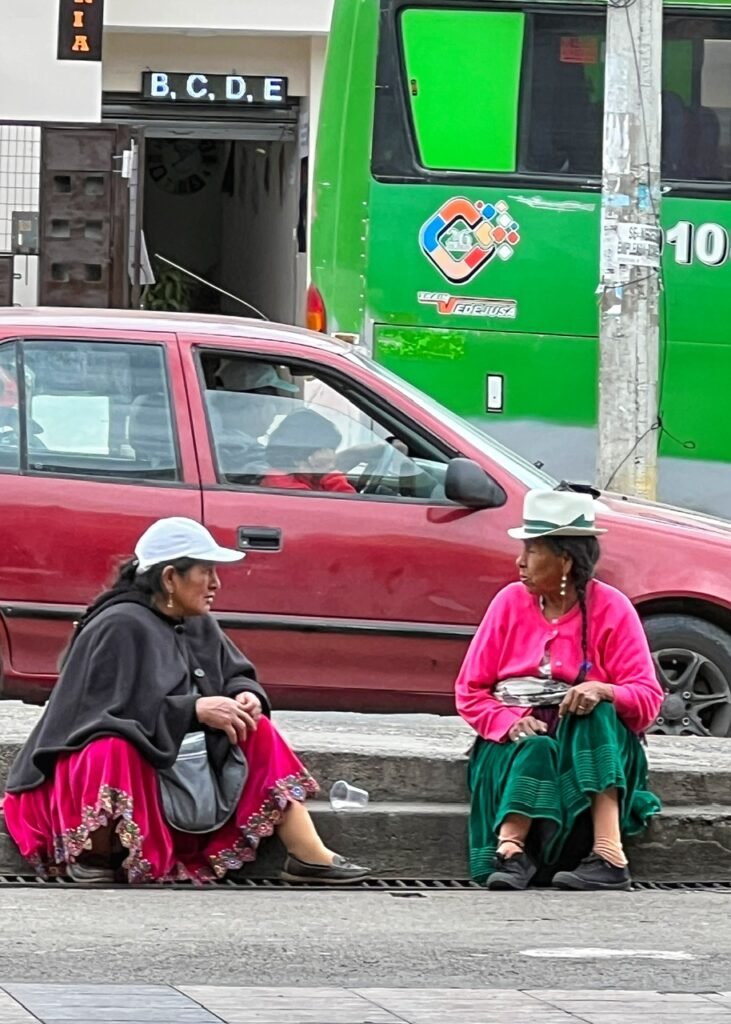
Two locals sitting outside the market.
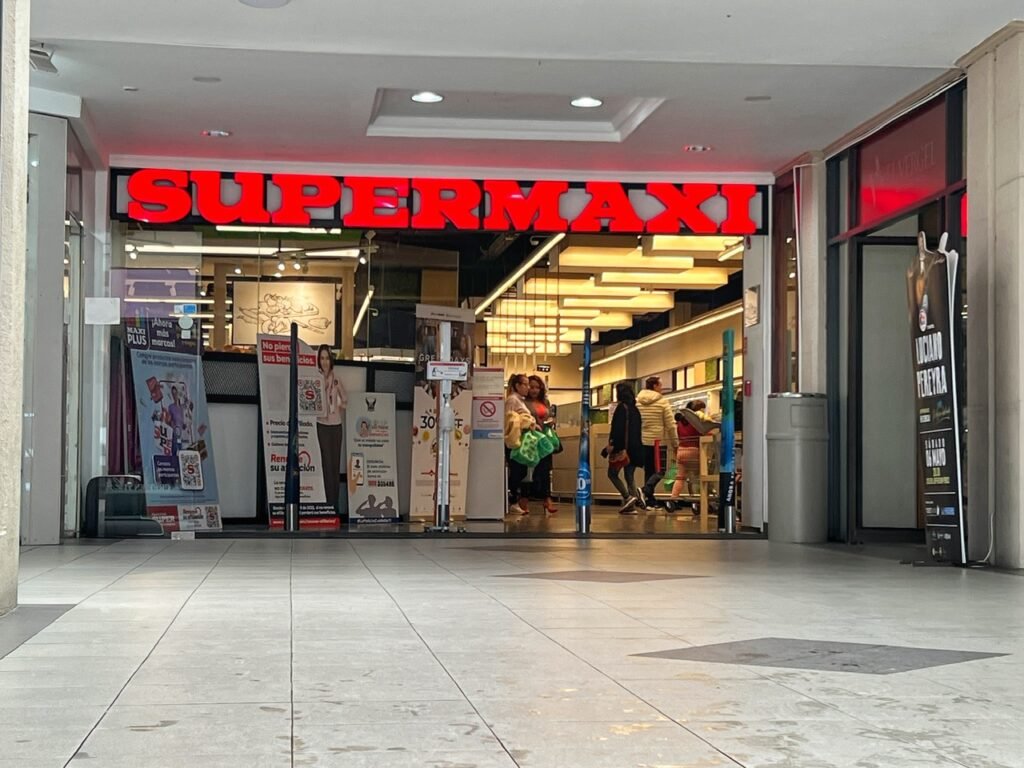
When we weren’t shopping at the local markets, our favorite supermarket quickly became SuperMaxi, which had anything these two gringos desired. It was a bit overwhelming at first, to be honest, which is how we feel every time we shop in the States now. Apparently, according to a local friend, there are even cheaper stores of the same caliber called Coral but it was a bit far from our place.

But, it was overwhelming in a very good way… The organic produce section where everything costs between $1-$3. Zoom on in if you’re interested. We noticed that everything had two prices, an affiliate one and regular price. In order to become and “affiliate” all we had to do was take our passport to customer service and they printed us out a card with our name on it. The savings were even bigger once we did so this was well worth it, even for the two weeks we were in Cuenca. Also, Supermaxi offers discount days. So, if you head there are Wednesday, all fruits and vegetables are ANOTHER 20% off, and on Friday, all proteins like eggs and meats were 10% off.

We hadn’t seen an oil selection like this in years. Since we enjoy being a bit selective with our oils, it was exciting to see. They even had MCT oil for $7, which is typically at least $18.


$.76 a kilo. That’s two pounds, Americans. And, an entire wall of yogurt. Wow. We’re so not used to this!

Organic cacao powder. $2.74.
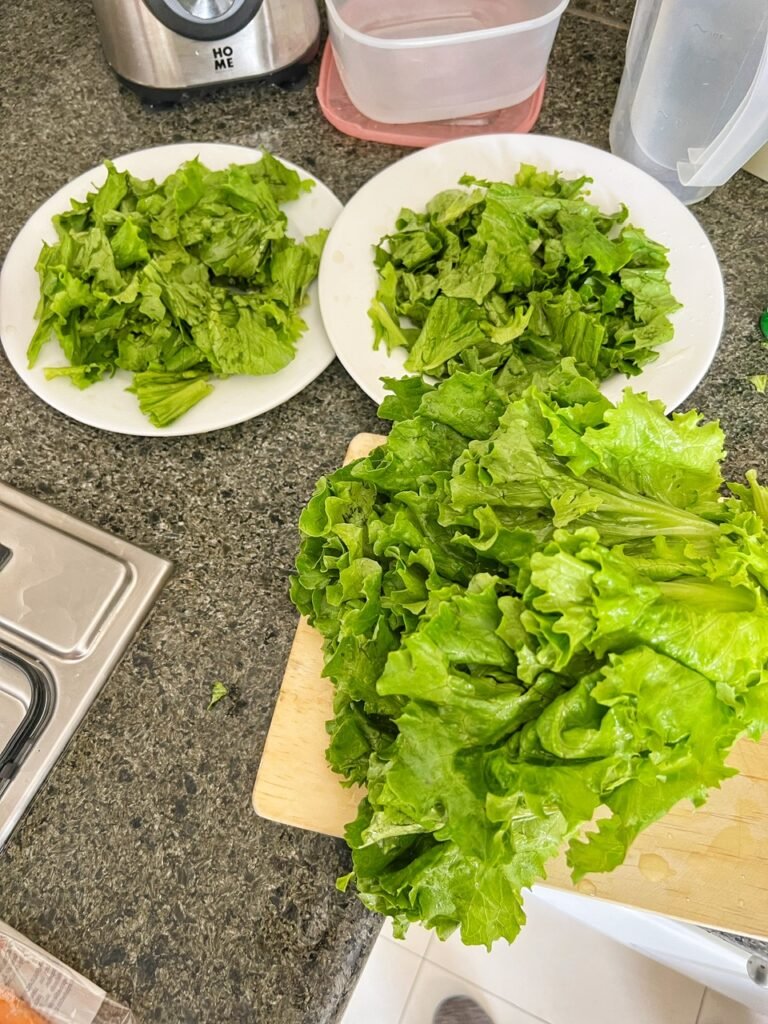
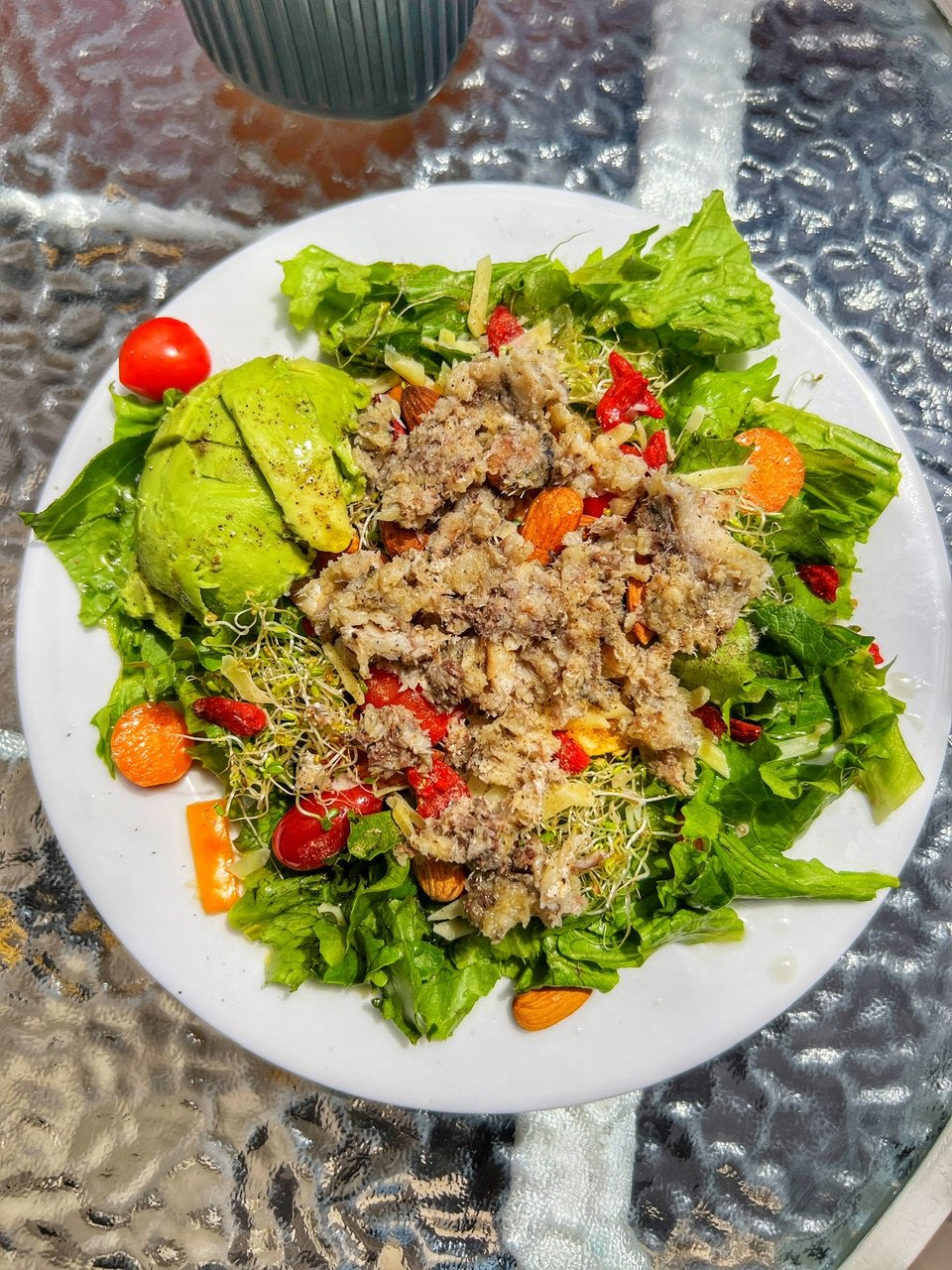
A head of romaine enough for 6 salads for $1, one of many homemade meals. By the way, yes, you can drink the water in Cuenca (which is not the case in all of Ecuador) although we still boil it to be super safe.
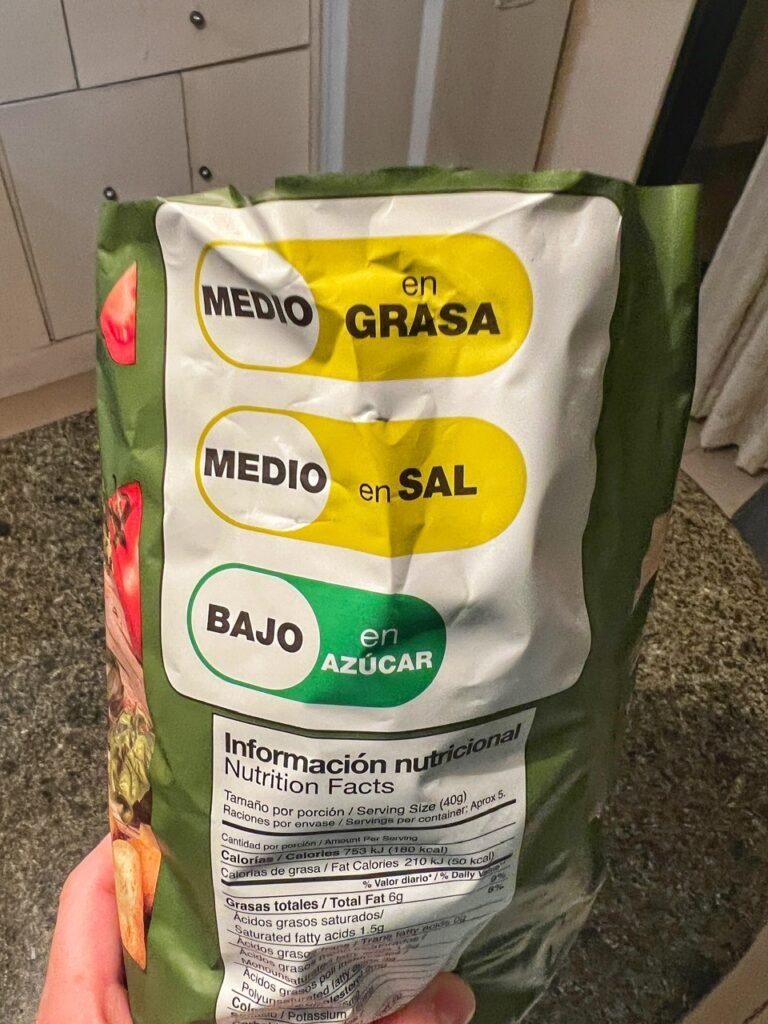
Another thing we love about Ecuador? The completely obvious food labels warn you about all the bad stuff inside. This is something that other countries in Latin America have and we find it brilliant.

And bags of fruit pulp, no sugar added, for $1.50. Perfect for smoothies. AND…you get collagen?!
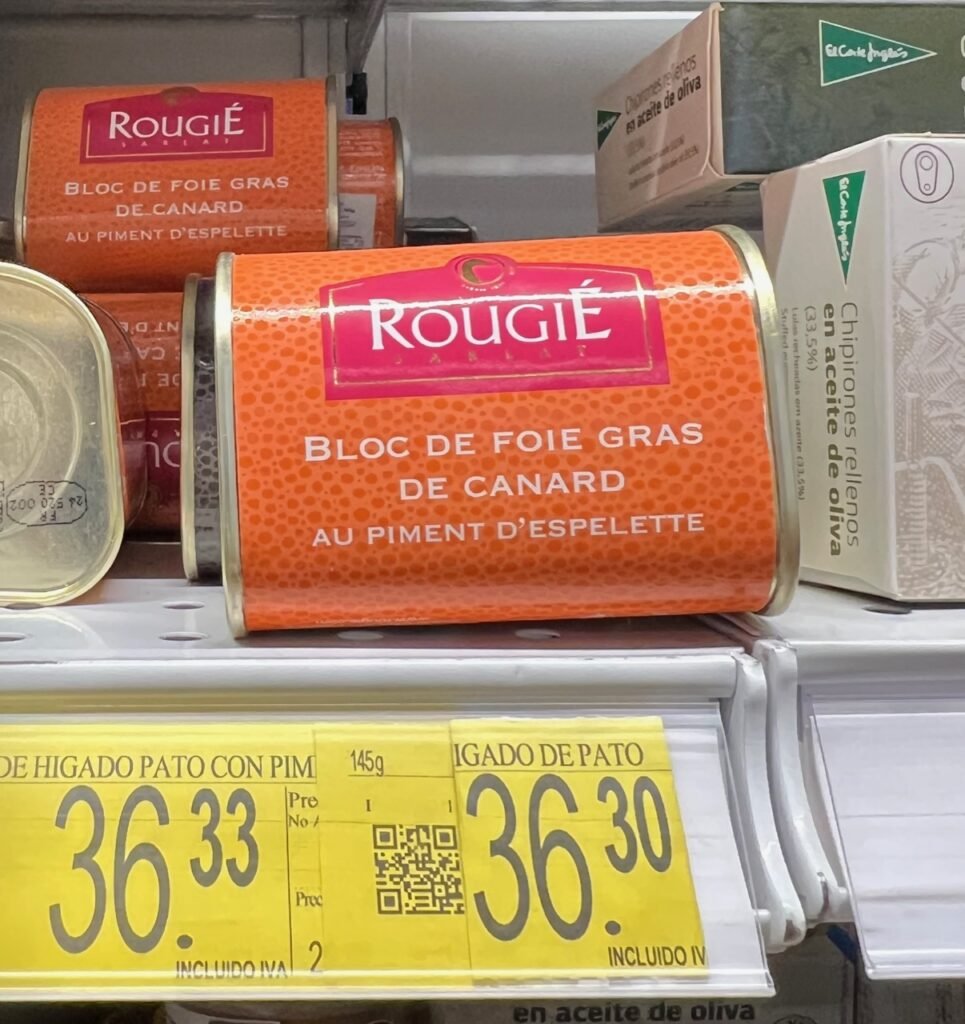
And not that we would, but you can even buy foie gras here!

But, one of our favorite Ecuadorian discoveries? Mani en pasta. The locals use this as a meal condiment. We, of course, use it as peanut butter. It costs about $2 and has no added sugar, salt or oils. It contains…peanuts. The other jars of marketed peanut butter cost around $6 and loaded with all the crappy stuff.

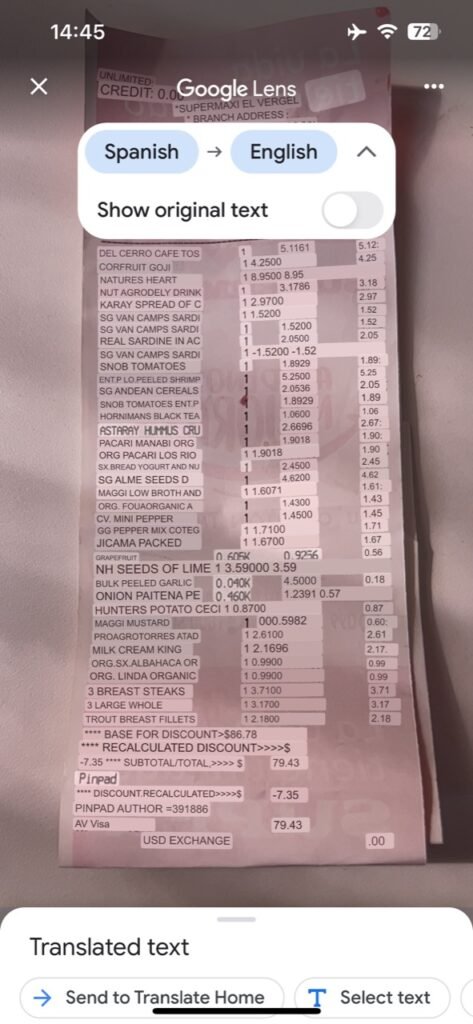
Two grocery translated grocery receipts. One is before we had our afíliate savings card and one is after.
More Reasons to Love Cuenca


There are bike lanes everywhere in Cuenca.
Also, at Supermaxi, we also discovered at the register a pamphlet for private health insurance. $9.99/month. By the way, we saw two specialists while in Cuenca…a gastroenterologist and a dermatologist. Both visits were $40. We sent a message and got in the following week, no questions asked. The dermatologist visit was the most comprehensive one we have ever experienced. She did a full body screening with a magnifying glass and blacklight.

And…delicious craft beer within walking distance of our place. $13 for 3 pints.

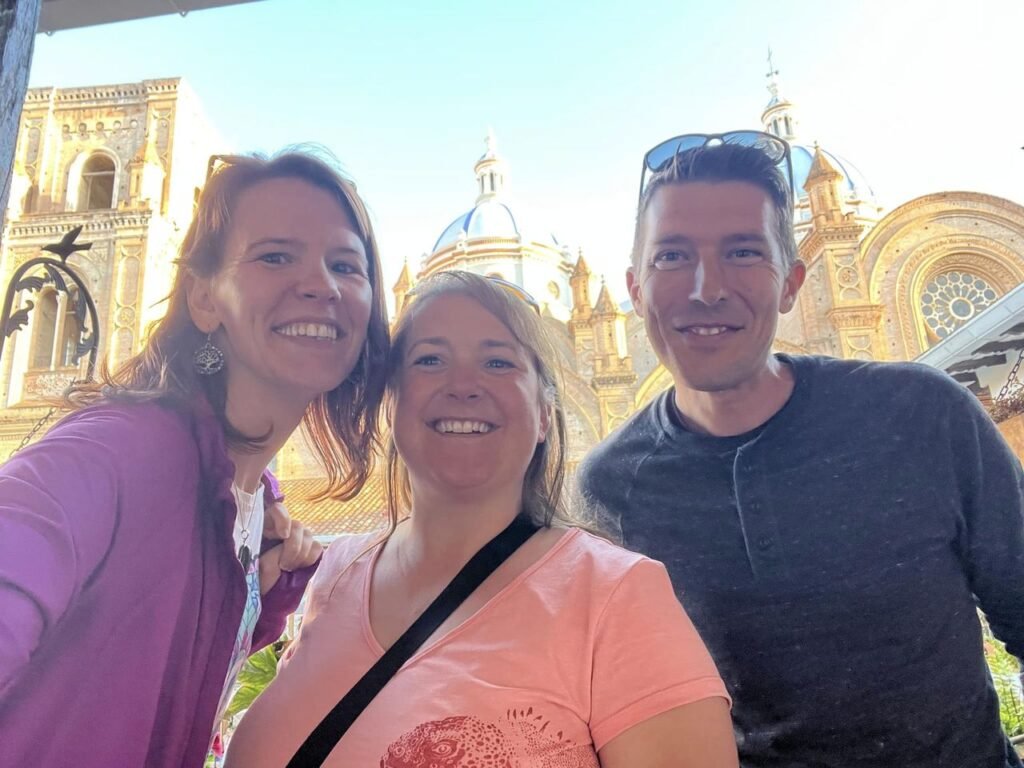
It was also very easy to connect with fellow English speakers, either who were traveling or residing in Cuenca, which is not a surprise considering its popularity. We met Laura Fleming and her husband, Nate, who have been tagging along with our journey for a couple of years and are relatively new Cuenca expats from Colorado. They had been going through the residency process so we learned a lot from them.
Secondly…we met Erin Kilpatrick online in two ways…through one of our favorite Facebook groups and through a mutual acquaintance from Portland. We got the chance to reconnect with her while in Quito.
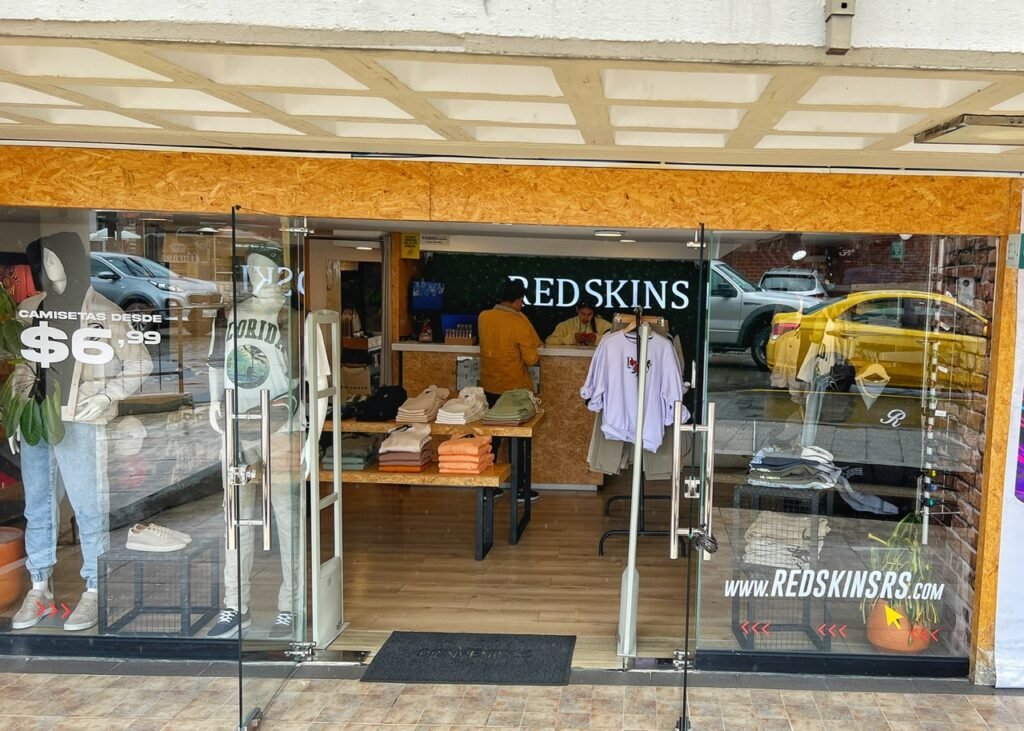
In other weirdness, want to know where all the No-longer-PC “Florida Redskins” merchandise went? Evidently, Ecuador.

Also in Cuenca, and the whole country as a matter of fact, there are more chocolate stores than you can possibly imagine. This is, of course, due largely to the the fact that Ecuador is recognized as the global leader in cacao production, producing over 60% off the world’s chocolate. We liked how this store, Chocolateria Dos Chorreras, featured a classic car bedecked with chocolatey treats.

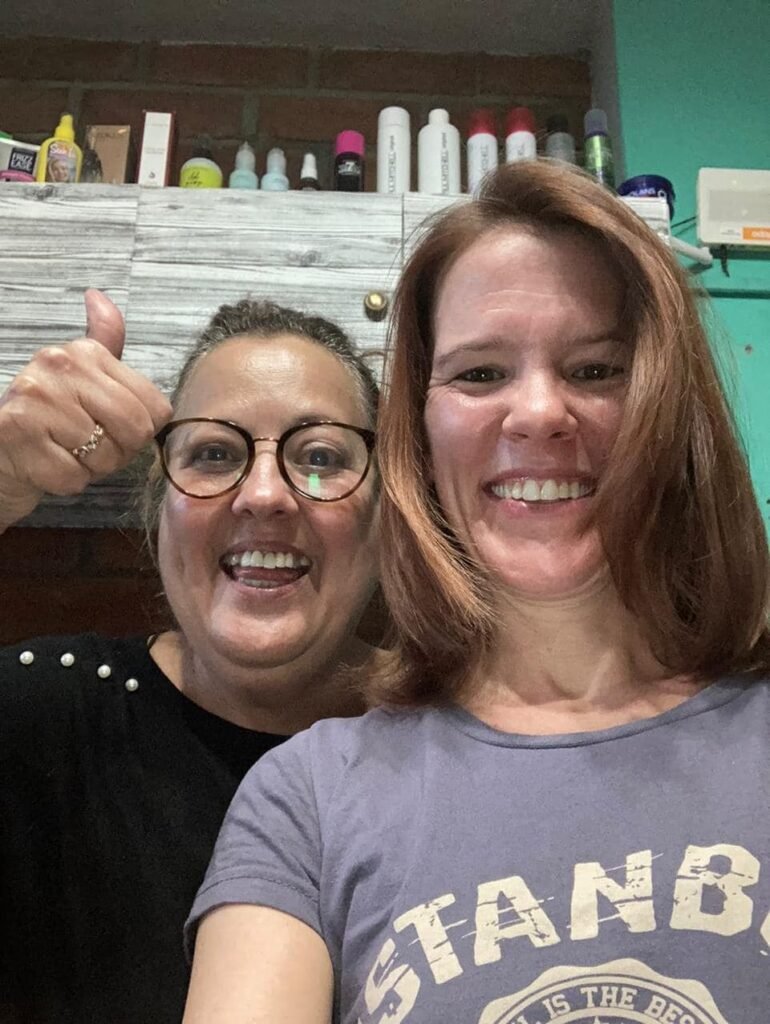
Moving on, it’s inevitable we get into some hairy situations as we’ve been traveling nearly five years. For Greg, this has meant so many haircuts that he started doing his hair on his own… unless when we’re in a country where haircuts are $5 or less.
For Mandy, she typically gets her hair cut every six months and has had wonderful walk-in experiences in places like Turkiye, Romania, Mexico, Peru and Cambodia for typically $5-$15. With all this experimenting and trust, she was naturally due for a butchering job from Eduarda Scissorhands, which is what she got gifted with for her first walk-in appointment in Cuenca ($10+no tip…because obviously). Ugh…apparently, layers are not a thing here?! 🤣
Fortunately, Laura, her expat friend recommended her sweet hairdresser, Lee, who saved the day with skills clearly learned in a place like Miami. While there, Lee pointed out that girls in Ecuador only got their hair cut one way. Straight across. Well worth $15+tip. Next time, she’ll ask for the referral first…
Walker’s Paradise

In early May, we were perched on the edge of dry season so each day seemed to present a little bit of sun and a little bit of rain, accompanied by spring-like temperatures hovering around 20 Celsius or upper-60s Fahrenheit. With this brought multiple opportunities for exploration throughout this lush and walkable city, which offers at least four rushing rivers flowing through it, riverside paths and an inviting botanical garden which is only a five-minute walk (or run!) from our place.

Wide dirt paths perfect for running or walking.


El Jardín Botanico, which is free, is dripping with exceptional flora like the Bolivian Fuchsia flower. Some of the gardens even felt like stepping into a Monet painting.
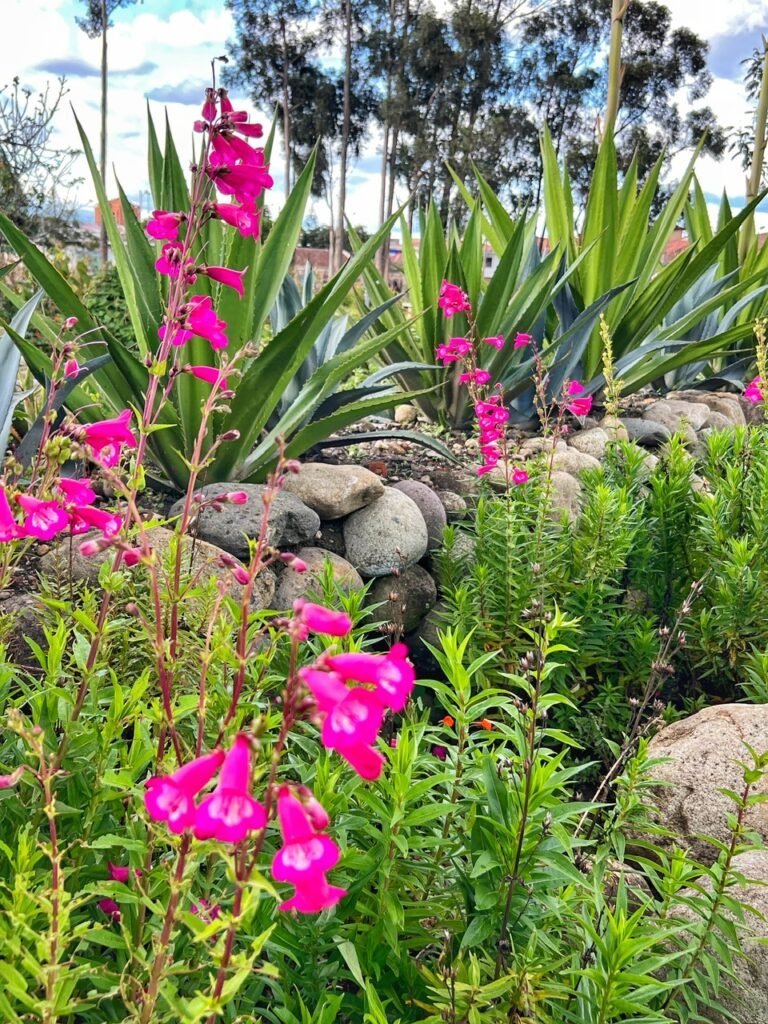
According to our LeafSnap app, Hartweg’s beardtongue, is a species of flowering perennial herb in the plantain family, which makes sense considering the number of plantains that grow here.

What a unique walking path. It used at least ten different materials in its construction.


An “insect hotel” which they can use to make babies (lay eggs) or just rest. So basically Cuenca’s version of a roadside Holiday Inn. 🤣 The park, which is relatively new and still in development, has elevated boardwalk paths throughout the whole area. It’s incredibly tranquil in the south part of the city.

Patitos discuss what’s for dinner
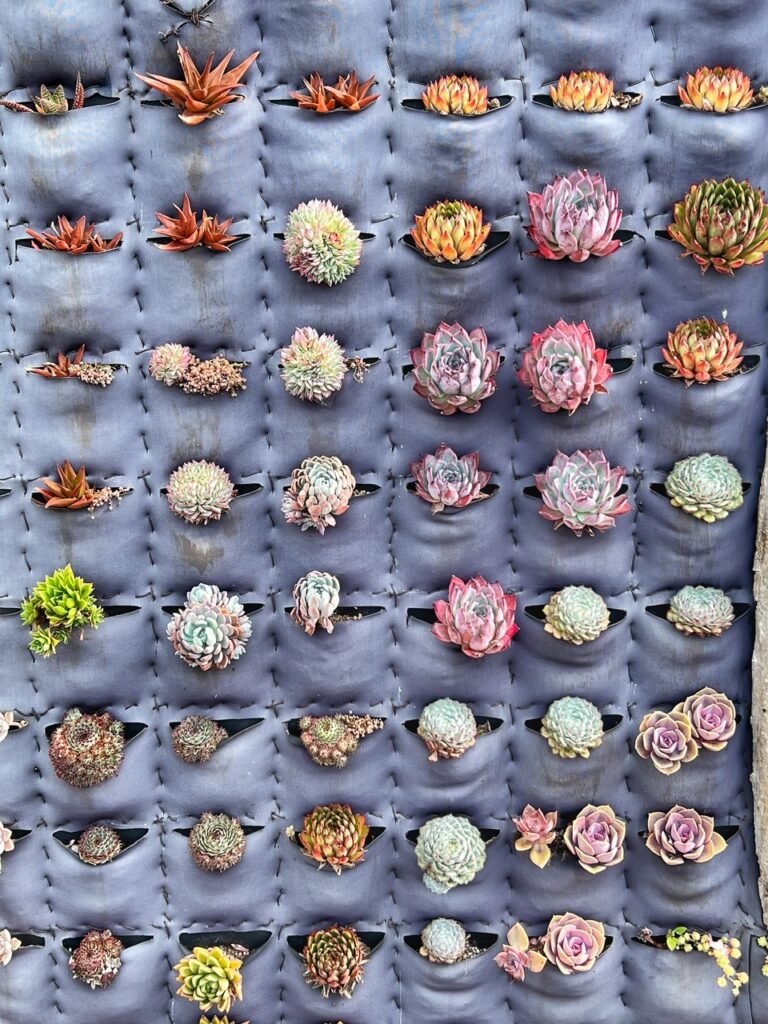
A magnificent and colorful wall of succulents. Who knew there were sooo many?! Wow! .


Other views of the river surrounding the Botanical Garden. This city got better by the minute and was absolutely worth a visit.

Our final days also included a quick jaunt to the “Balcony of Cuenca,” which is also known as the Mirador de Turi. There are three ways to get up here…by car, by bus or your own two feet. Naturally, we chose the free and exercise-friendly option. From our apartment near the Botancial Gardens, it took about 35-minutes to ascend and then we created a loop going down the other side. Because of this, we were introduced to some bucolic rural life just up and over the ridge from the city. It was a lovely walk and allowed us to see a side of Cuenca we wouldn’t have otherwise. The view of Cuenca from the top was unparalleled. Especially on this sunny day!
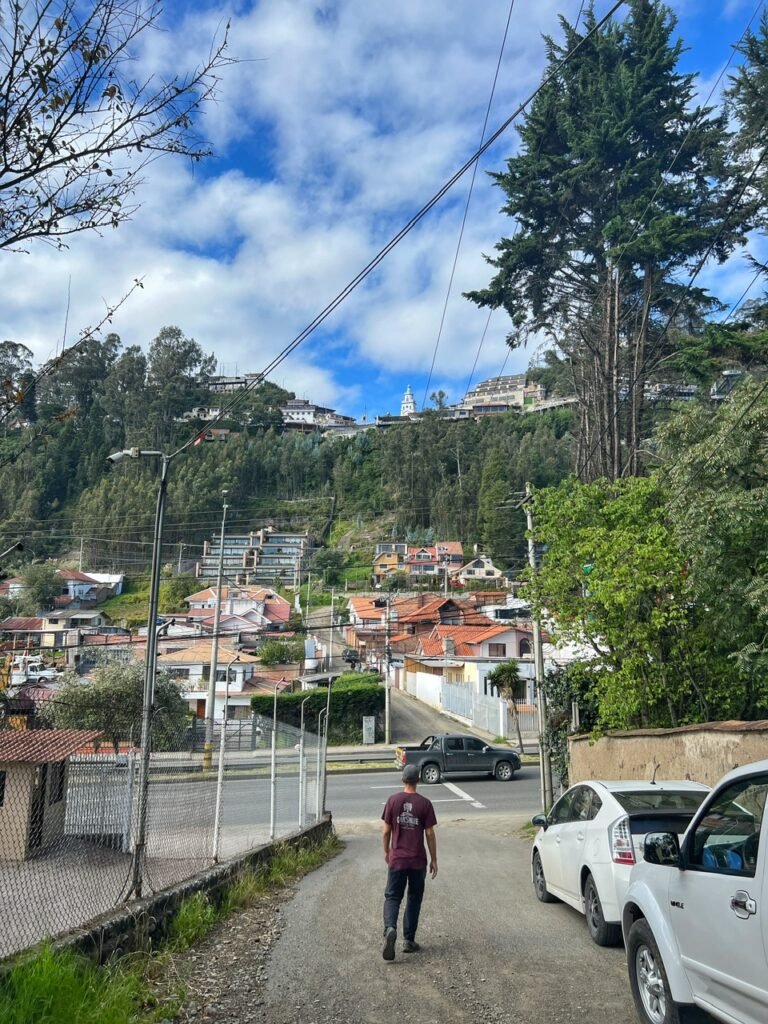

The view from the bottom. La Iglesia de Turi Ecuador can been seen from all over this city making it a true Cuenca landmark. The first part wasn’t very pleasant because it involved walking over the obnoxious highway.

Most of the way up featured an-easy-to-follow path of 439 stairs. Because the altitude of Cuenca is already more than 8,000 feet, it’s best to be adjusted before you make this climb. And don’t forget to take water!
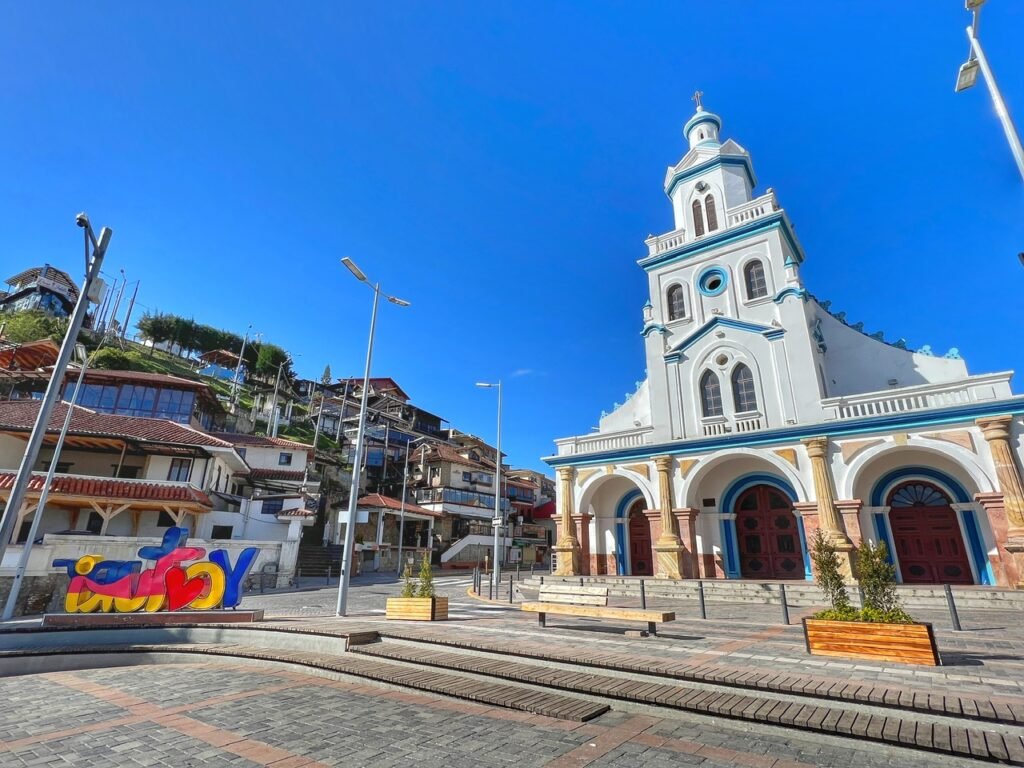
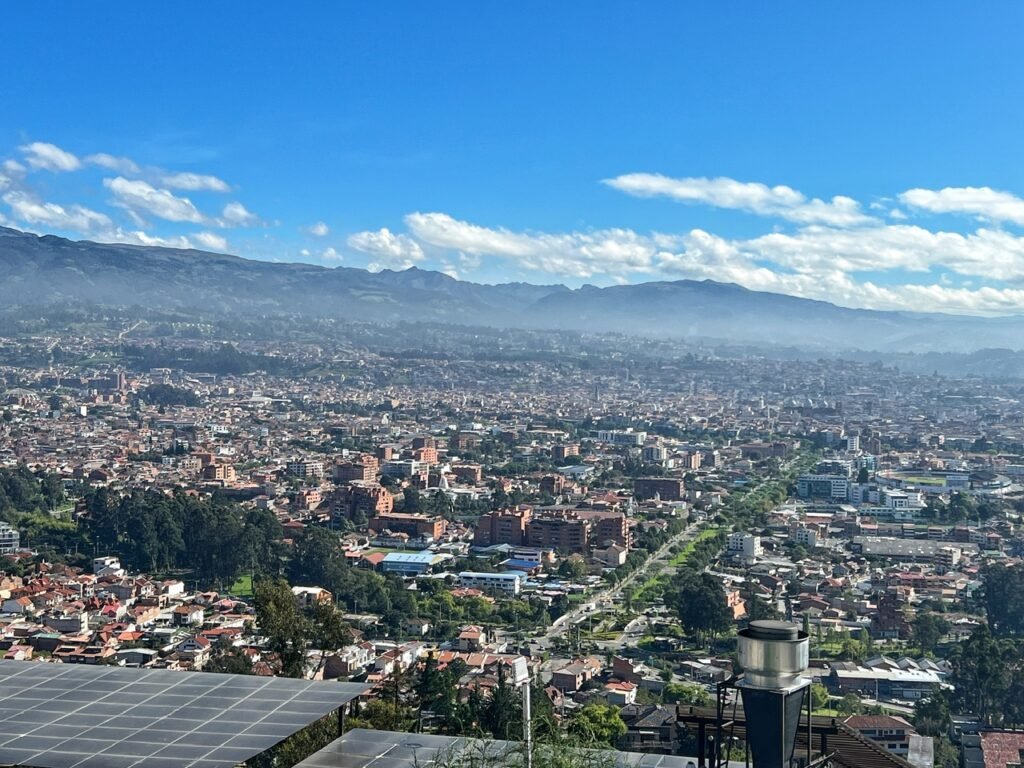
Arriving to the top you greet the adorable church, the village sign and lots of restaurants and bars to reward you. This was one of the most beautiful days we experienced during our two weeks in Cuenca!
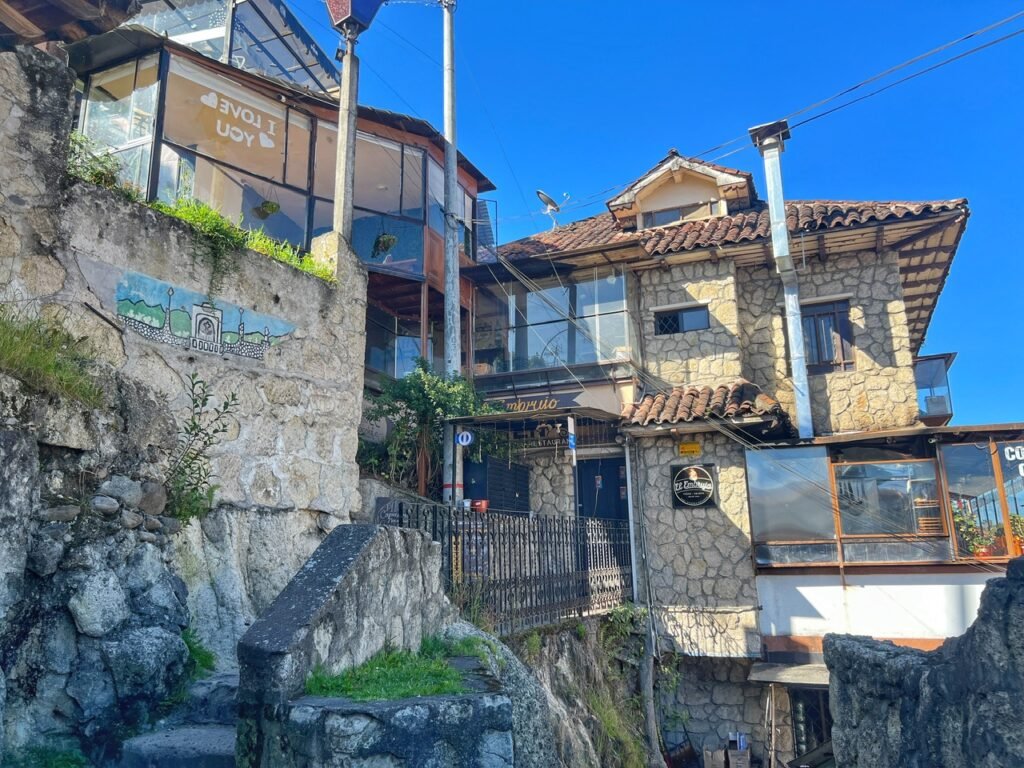

Some of the cafes tucked into the mountainside as we headed up even further.

And soon we’d entered another world. We were in el camp (the countryside!) Although Cuenca is actually quiet (for a city), we suddenly felt totally at peace.
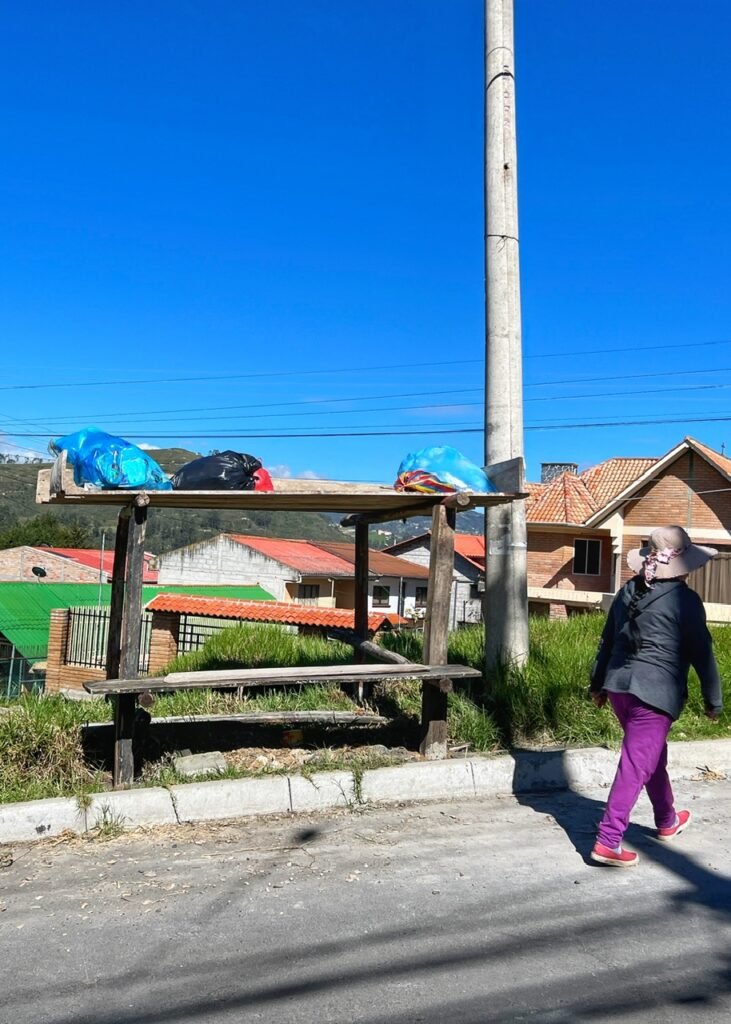
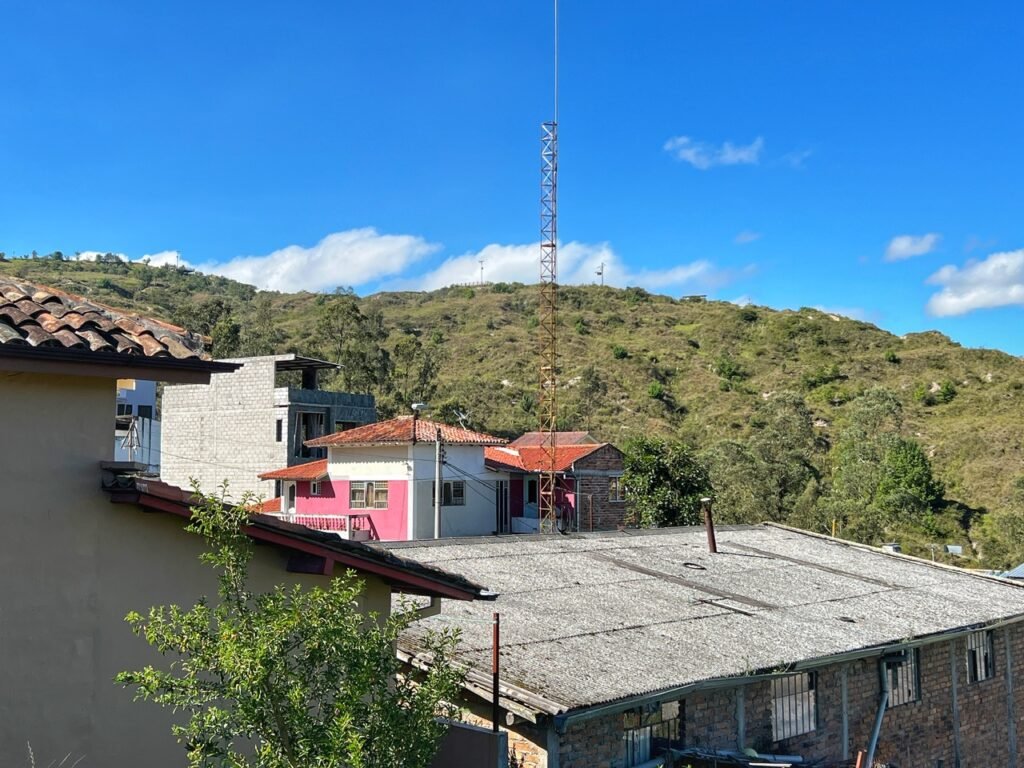
Instead of black trash racks like they have in the city, here it’s more like trash lofts, which is a terrific concept to keep the dogs from getting into them. Our plan had been to go into this park, but seeing that its only “trees” were cell phone towers, we chose to skip it.

Even better views of the city started to reveal themselves! And no wires jumping in the photo either!


We didn’t bump into a lot of people but we did meet a few other friends. By the way, cows are used everywhere in Cuenca. To mow the grass. It’s brilliant. Grass-fed beef. Who would have thunk it? As we meandered the long hill down, we agreed the two-hour walk was worth every step!
Hot Springs at your Doorstep
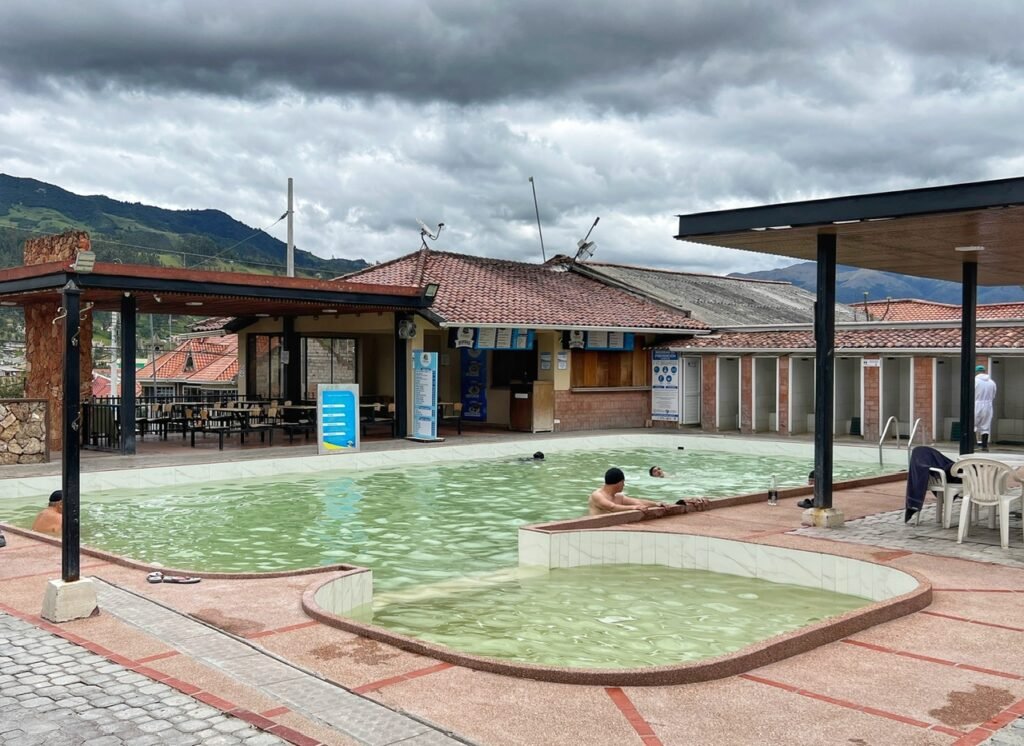
Another benefit to life in Cuenca is quick access to magical therapeutic thermal waters (aguas termales), in the village of Baños a $3 and 15-minute taxi ride away. It’s also an easy bus ride for $.30.
These hot springs at around 11,000 feet, sit atop a volcano crater and an actual fault line is the source of all the mineral rich water. Our machismo-looking taxi driver immediately told us all about the benefits it did for his skin and also mentioned that locals regularly use these boiling waters to boil their eggs in black plastic bags.
Multiple spas are available from budget to luxurious options. We headed to Balneario el Riñon, one of the cheaper choices that still offers everything you “need.” Those (privileged) “needs” include a swimming pool with areas for swimming or stewing, three Turkish steam rooms buried into the rock walls of the earth (men’s, women’s and mixed), a mud bath, and a hot/cold plunge pool. ($7/person)
If you head to some of the more fancy spas, you can get all of the above plus massages, saunas, caves, drawer baths, drinks and perhaps some local waiting on you hand and foot. (Starting at $32, maybe cheaper?)


The mud cave and entrance to the Turkish steam room. It was way too steamy inside to even consider taking a photo.

Meanwhile, you get to ogle at this beautiful view while you mudded-up.

The food and drink menu was also, of course, very reasonable. Juices were $1.50 and cocktails or beers around $3.50. Food from $1-4.50.


The price list of the fancy spa next door. They even had spa caves!

As you saw in an earlier photo, the town of Banos is dominated by the attractive sky blue iglesia on the center hill which is dedicated to the Virgin of Guadalupe. It is well worth a closer look.
Exploring El Centro Historico
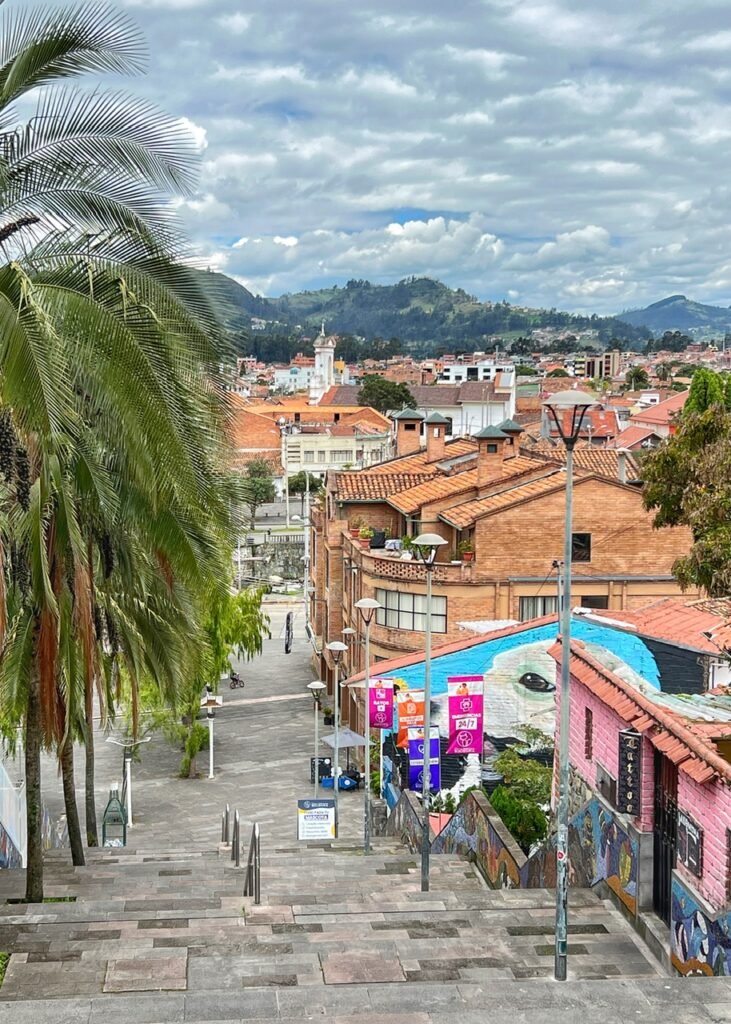

For us to arrive to the center it was necessary to cross the river and climb up the stairs. As soon as you start to ascend, the views got better and better, including fetching murals along the way.
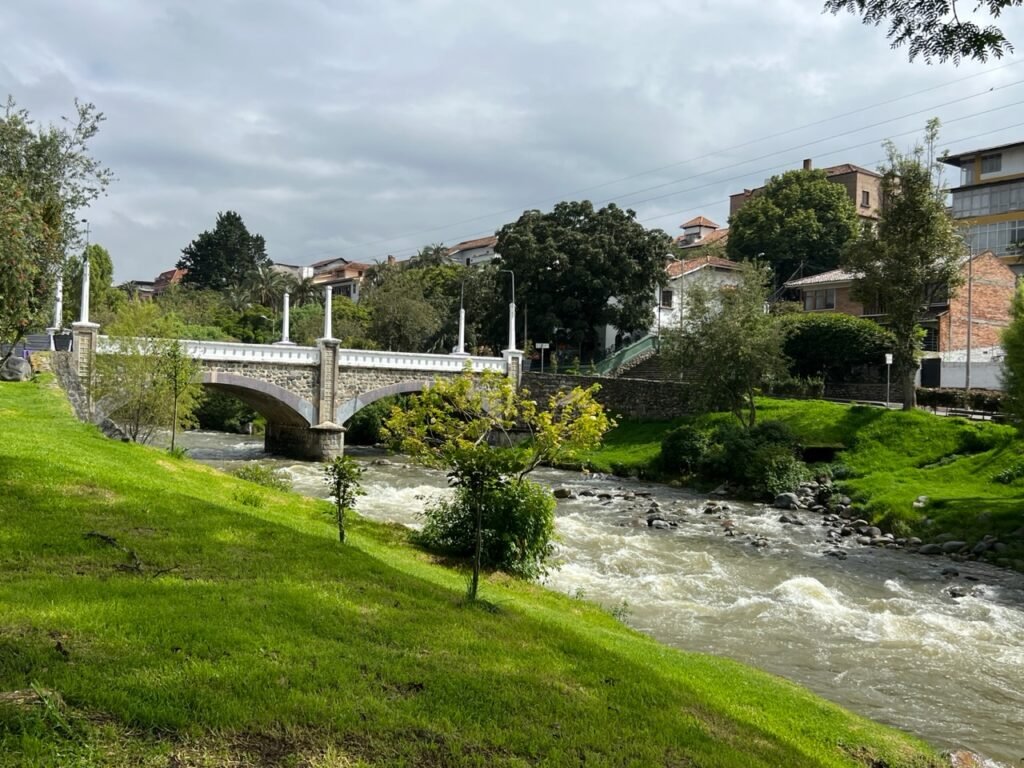
The Tomebamba River, which plummets into the Amazon, is one of four rivers that winds its way through the city. We saw several kayakers, which seems like a fabulous activity here.


El Puente Roto (Broken Bridge) is another historic feature of the city you can see as you enter the old town. It was constructed between 1840 and 1850 and is the oldest bridge in the city.

In Parque de La Madre, just outside the center, one can find a celestial anomaly which houses a planetarium. An evidently, it’s free! Unfortunately, we never made time to check it out.

Recycle your plastic and get money in return! If only this were everywhere!

Party trolley!!

The iconic Catedral de la Inmaculada Concepción is a showpiece of the city with its three blue and white domes, particularly with the lush Calderon Park before it. Although the construction started in the 1850’s, it was not complete until 1975.
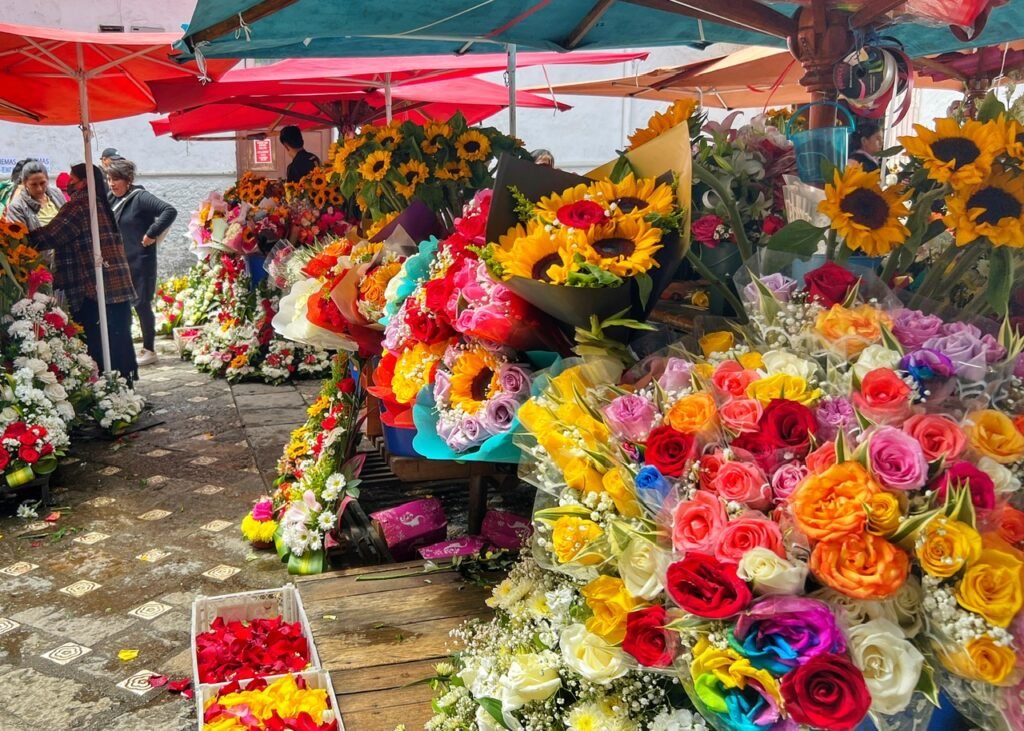
In the Plaza de las Flores, a daily flower market that simply bursts with fragrance and color.

They had some of the most beautiful yellow and purple Lillies we had ever seen. So popping!

The market sits in the square in front of Del Convento de La Asuncion dated from 1730.

Iglesia de San Alfonso adorned with more beautiful sky blue. The top three religions in Ecuador are Catholic, Protestant and Pentecostal.

The Alcaldía de Cuenca, or city government office.


The arcades around the center square are laced with intricate details. They lead to the inside of Catedral de la Inmaculada Concepción, which was having mass when we arrived.
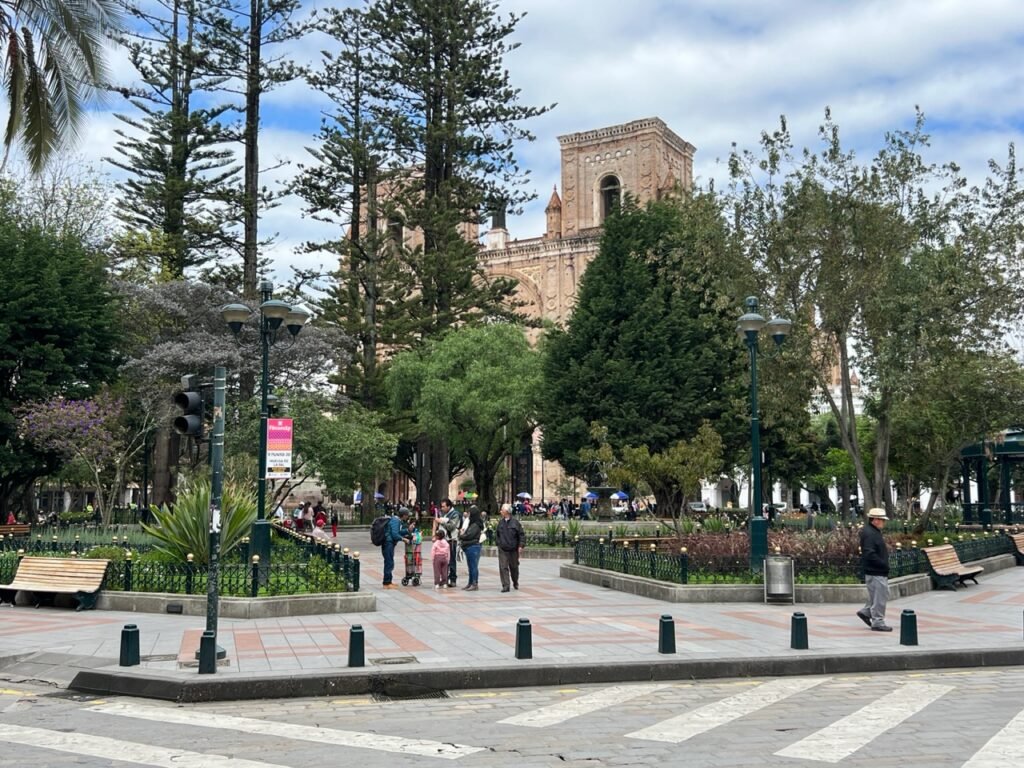
The main plaza or Parque Calderon is enveloped with exquisite lushness, benches and tranquility.

Unlike some of the other churches, the Antigua Catedral de Cuenca, or Old Catedral of Cuenca rivals churches in Europe with its 16th Century birthday. It’s now a religious art museum.
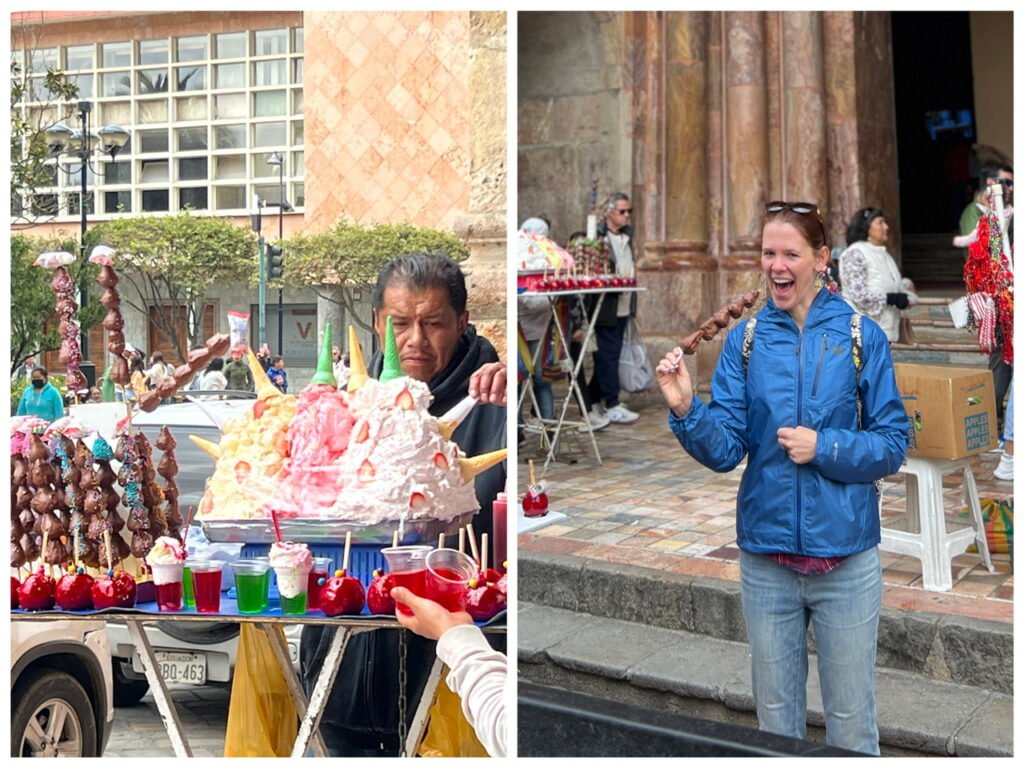
You never know what kind of treats you’re gonna get in new places. Near the main cathedral, vendors were selling what looked like piles of ice cream, but considering there was no freezer, we soon realized it was actually whipped cream. He also had little cups of jello, candied apples and chocolate covered strawberries.
Mandy settled for five chocolate dipped strawberries on a stick. For $1. She ended up sharing them with a single mom and her kids that looked like that could use a little pick-me-up.

A lovely walkway alongside Catedral de la Inmaculada Concepción.

Entering the not entirely obvious Plaza de los Geranios Colgantes, where the views are elegant and timeless.
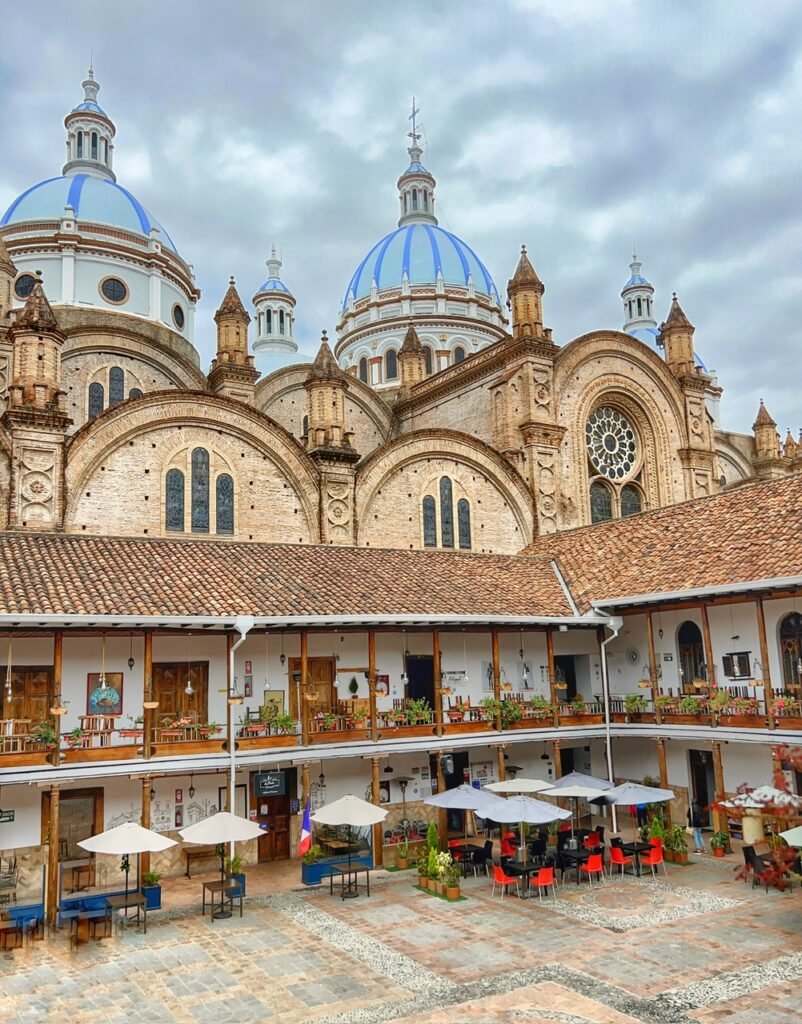

Looks like Spain, yet so much better! And on this Sunday morning, almost completely devoid of people. Oh yeah, they were in church. 🤣
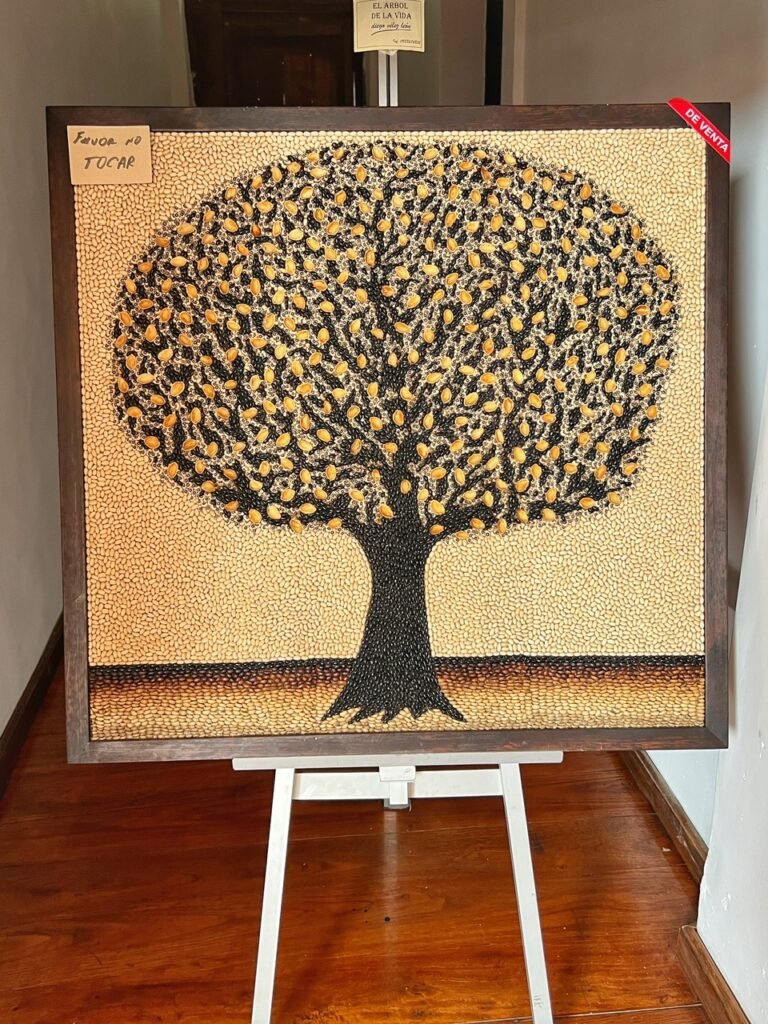
A really unique gallery featured artwork made from dry beans, and even pistachio shells. We might have to try this one day.

Even the ATMs are natural and green in Cuenca. Yes. It’s fake. But still.

Another one of the arcades surrounding the park. We fell quickly for the chandeliers.
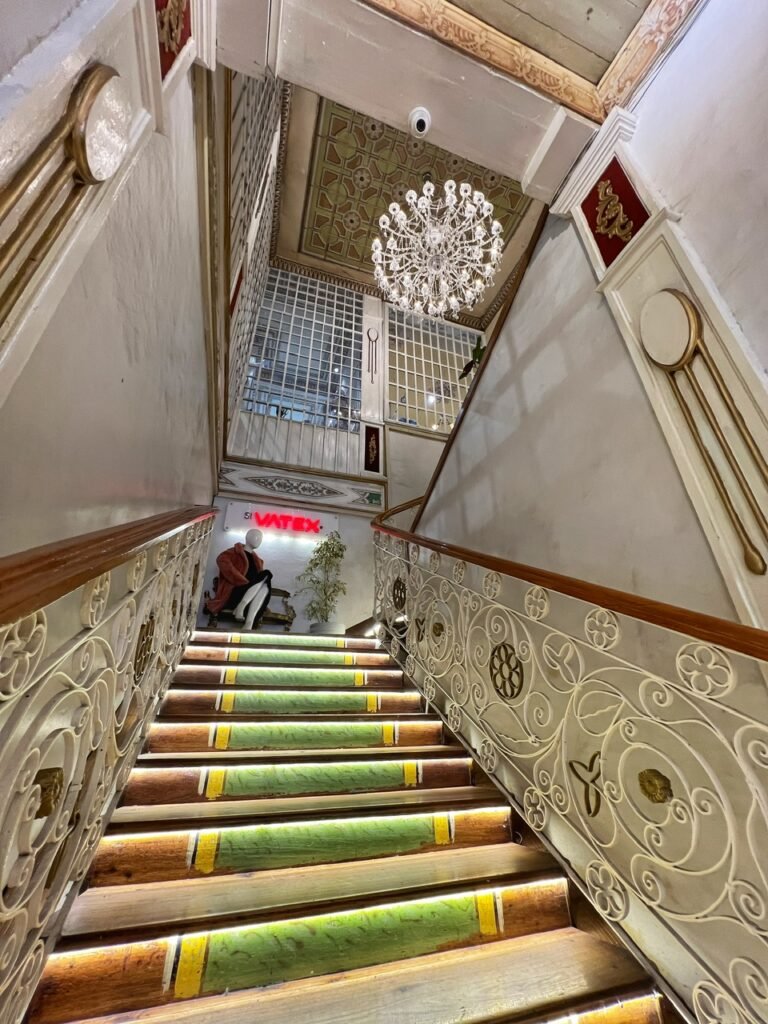

Also on the main square you can find Galerias Vatex, which is a clothing store offering phenomenal free views and well as extraordinary architecture. Not your average H&M. Great clothes too!

That clock was simply striking. Pun intended.
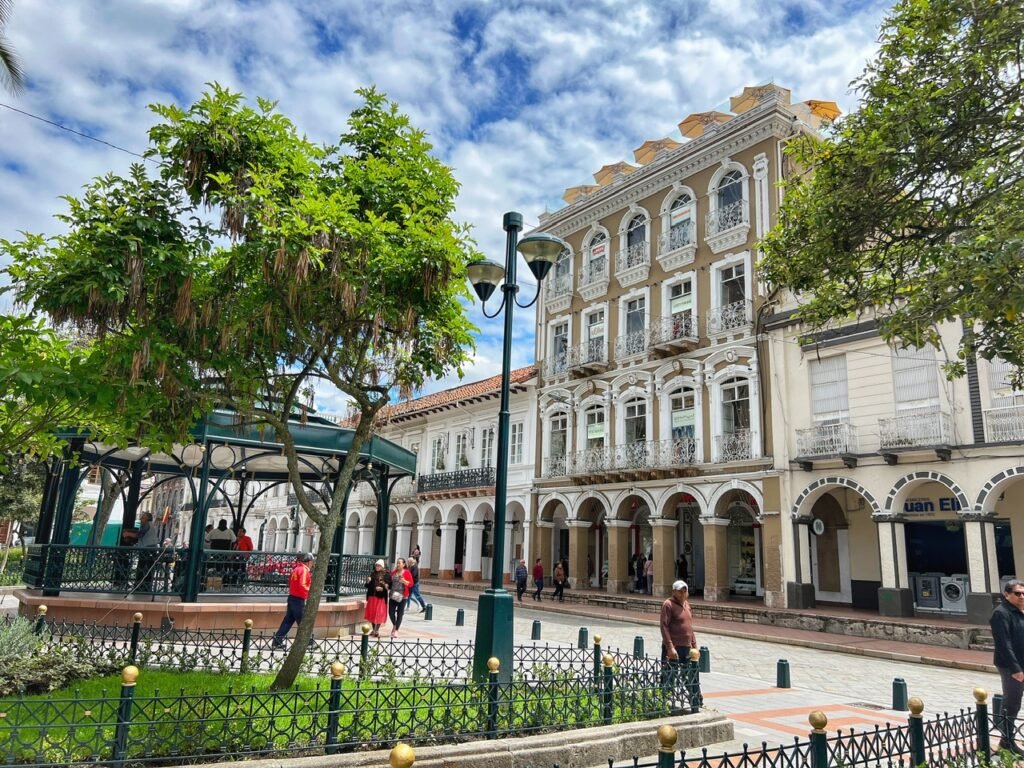
Galerias Vatex as seen from the square.
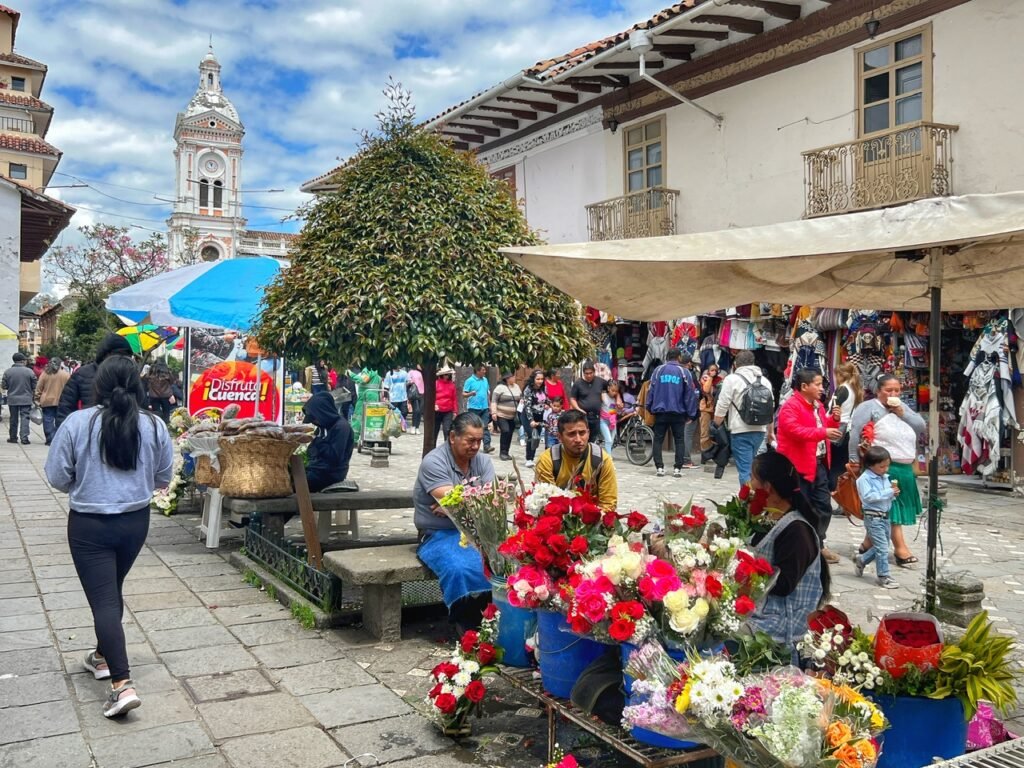
Although the streets were buzzing, it never felt overly crowded or loud. Although it has over half a million people, Cuenca simply has an air of a smaller community. One reason why we love it.

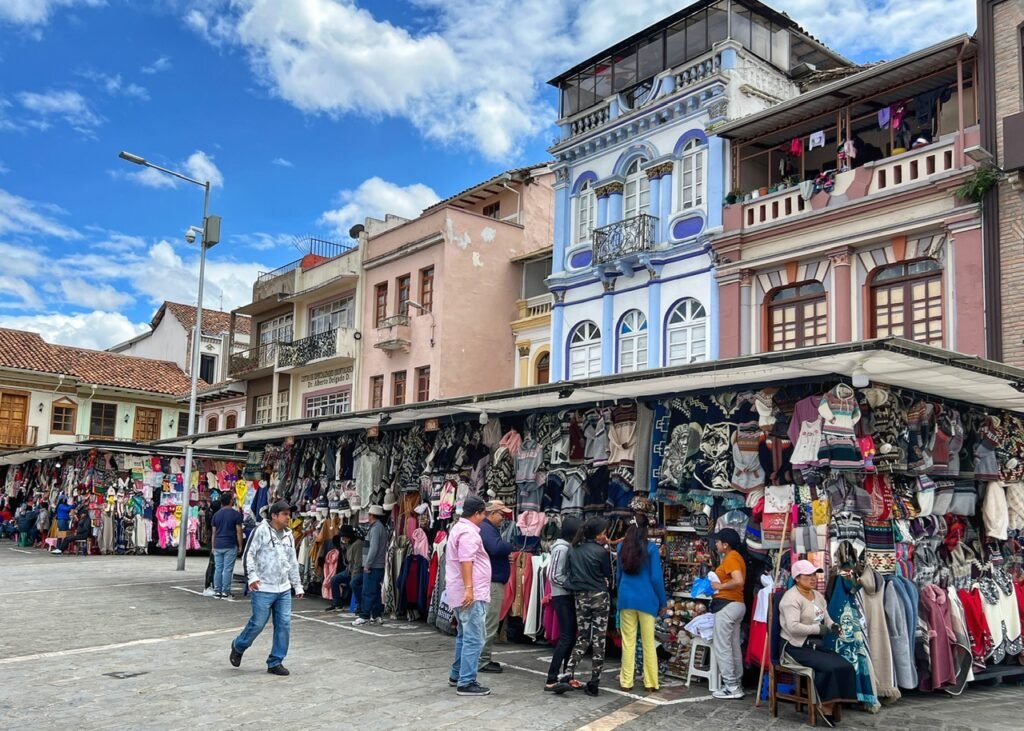
Shop! Shop! Shop!

If you wanna dress up like your dinner, apparently you can at this party shop. There is even a nationwide festival dedicated to this cute little rodent. Yes, Ecuadorians eat cuy just like the Peruvians. 🤨

The beautiful churches seem endless in the center.


Such perfect detailing. In many places, stepping into the center of Cuenca felt a lot like stepping into a Colombian village.
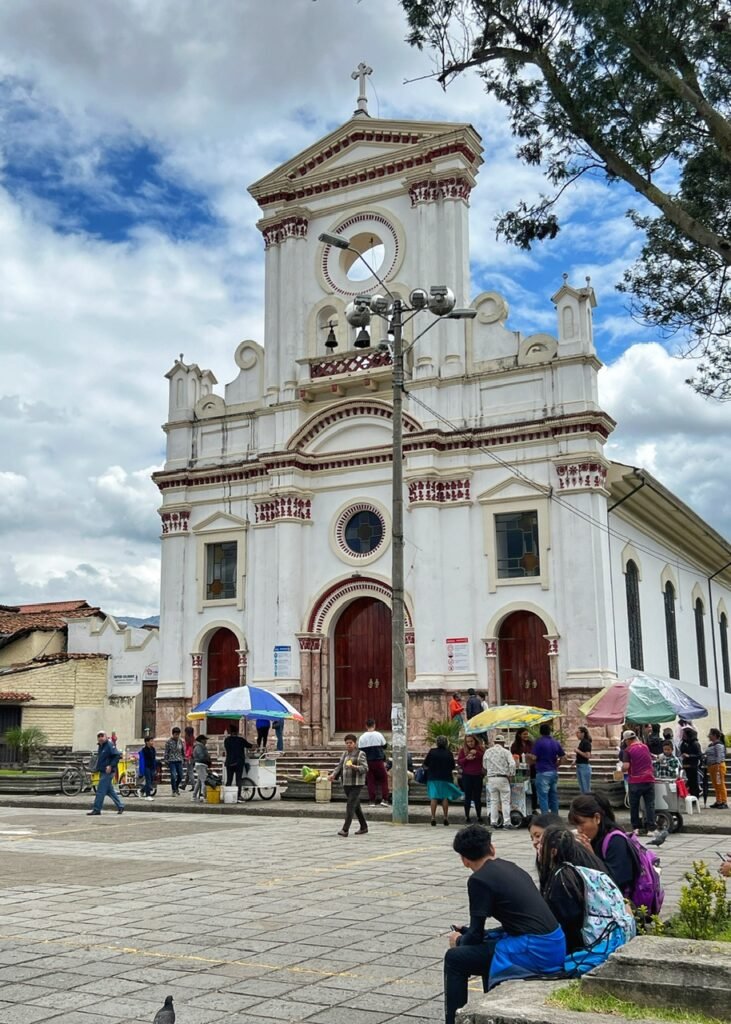
Locals hanging out in front of a church. Seemed to be the thing to do.

